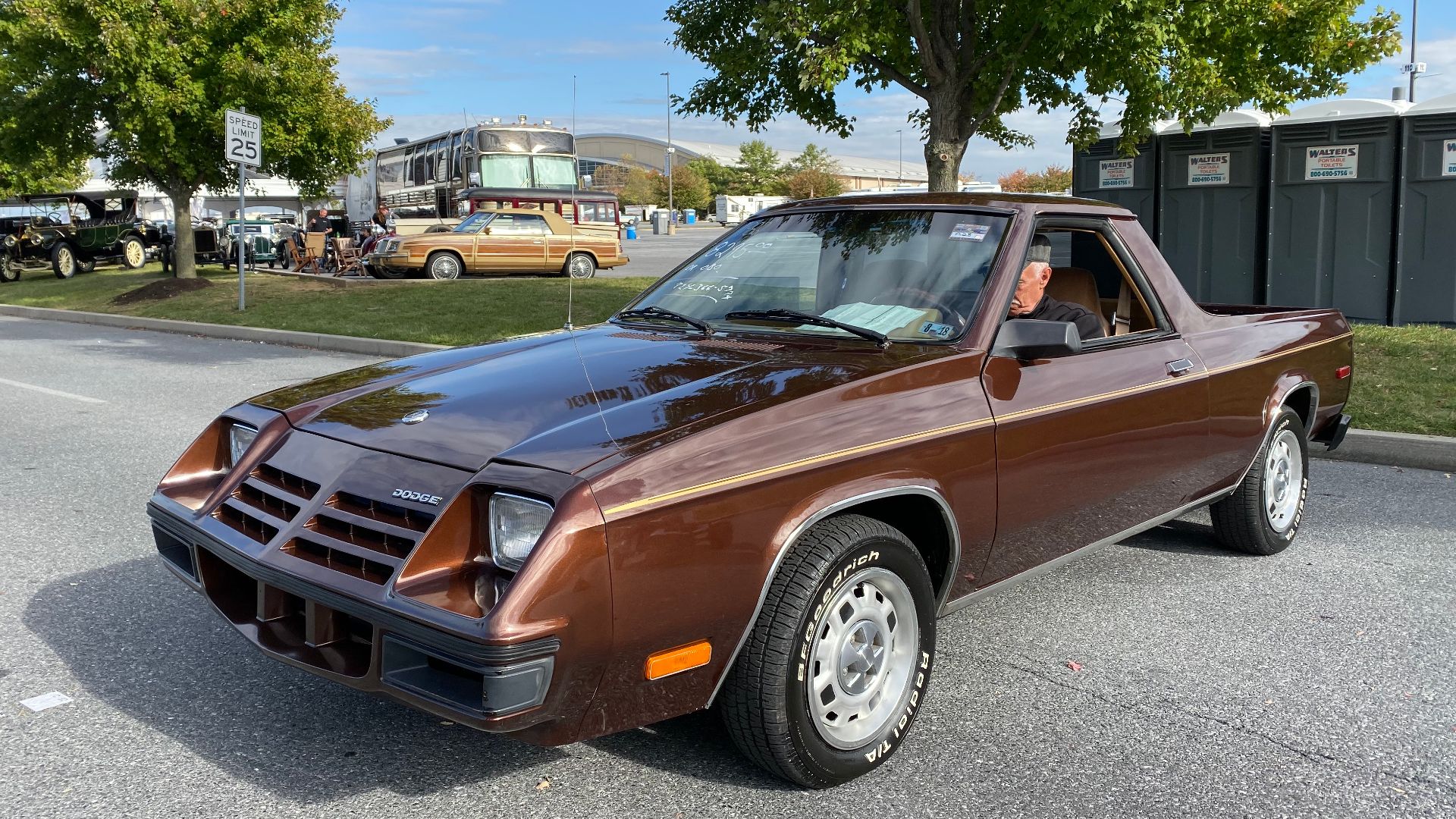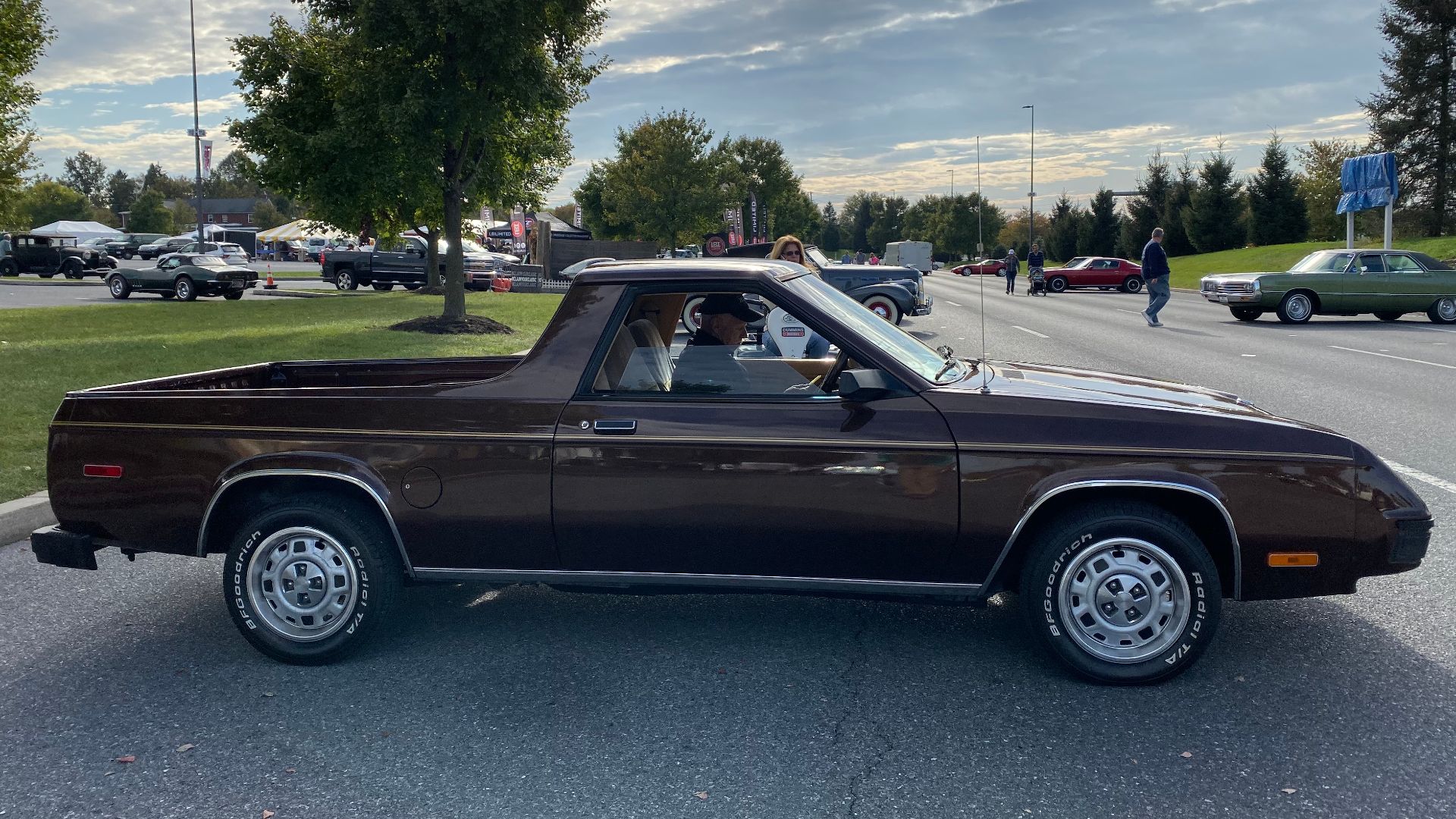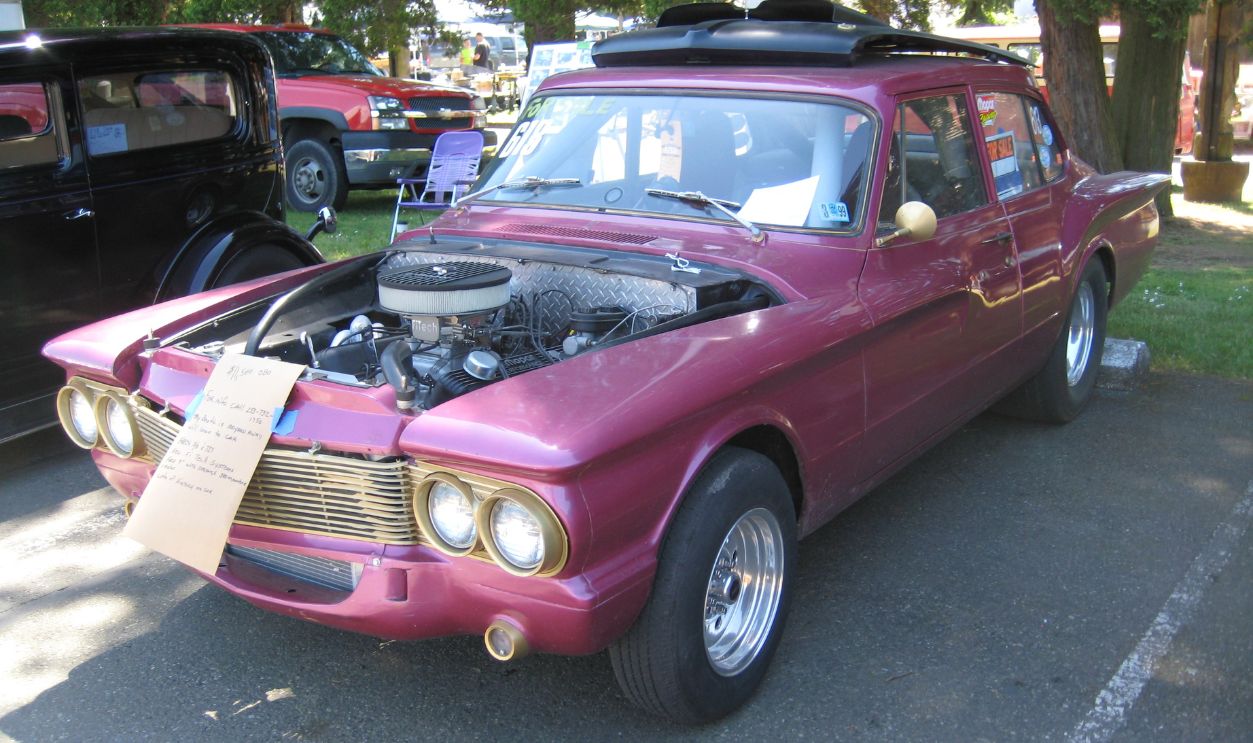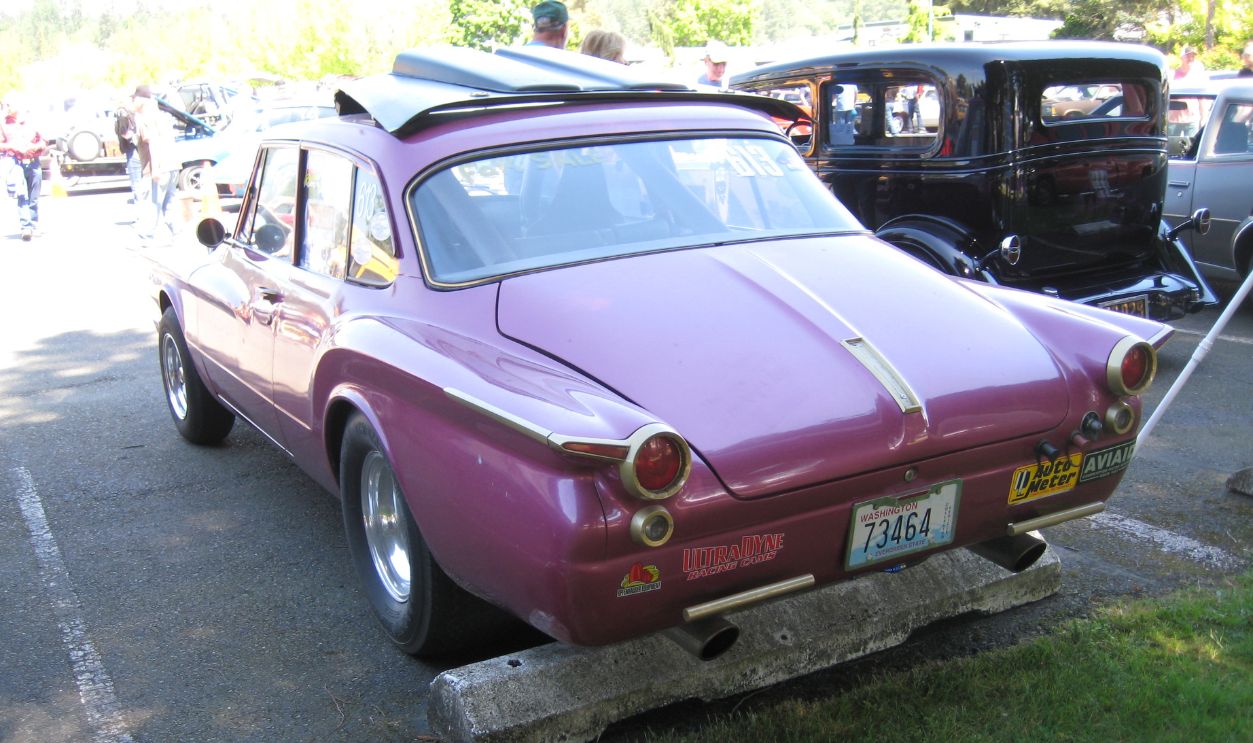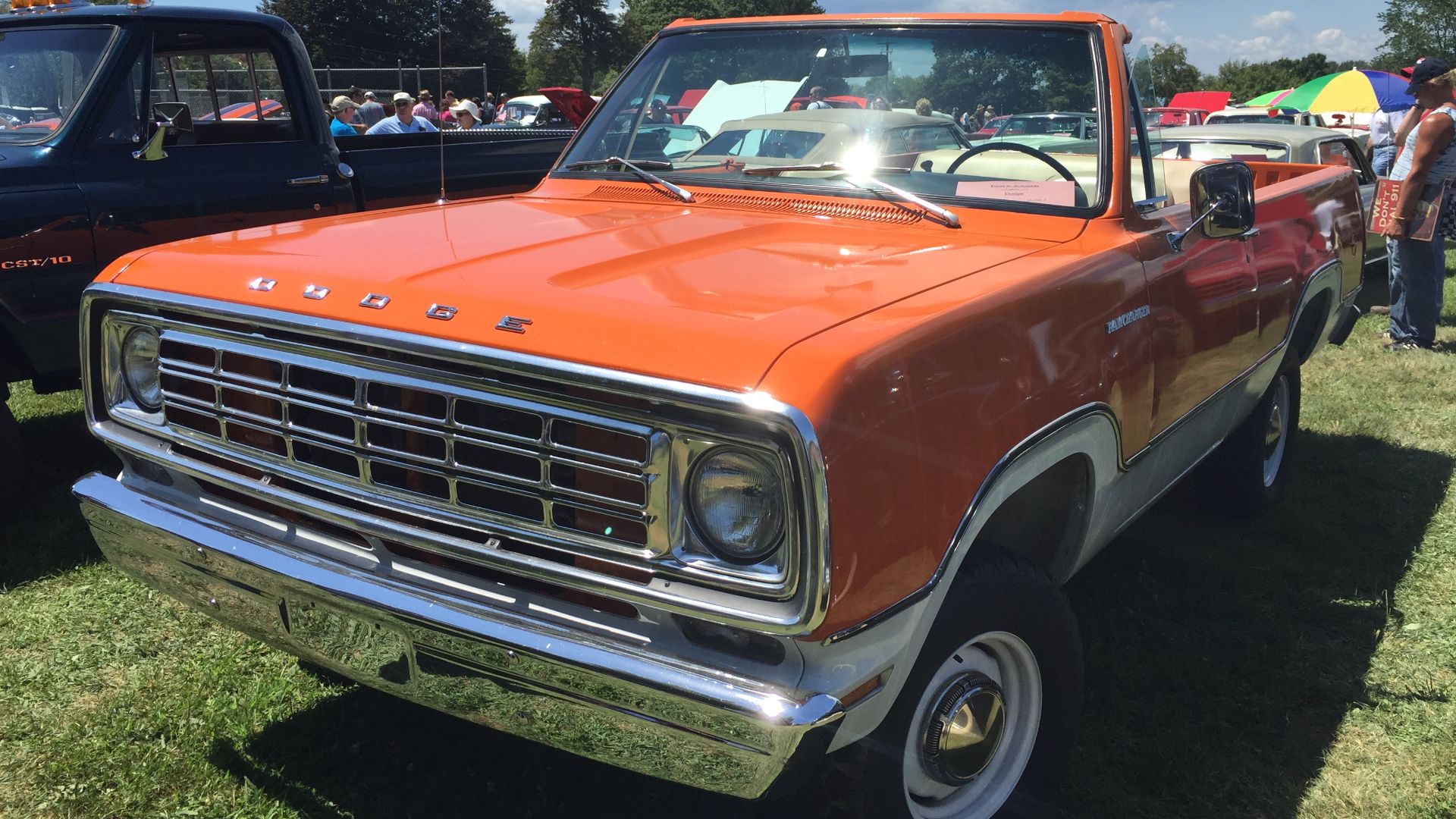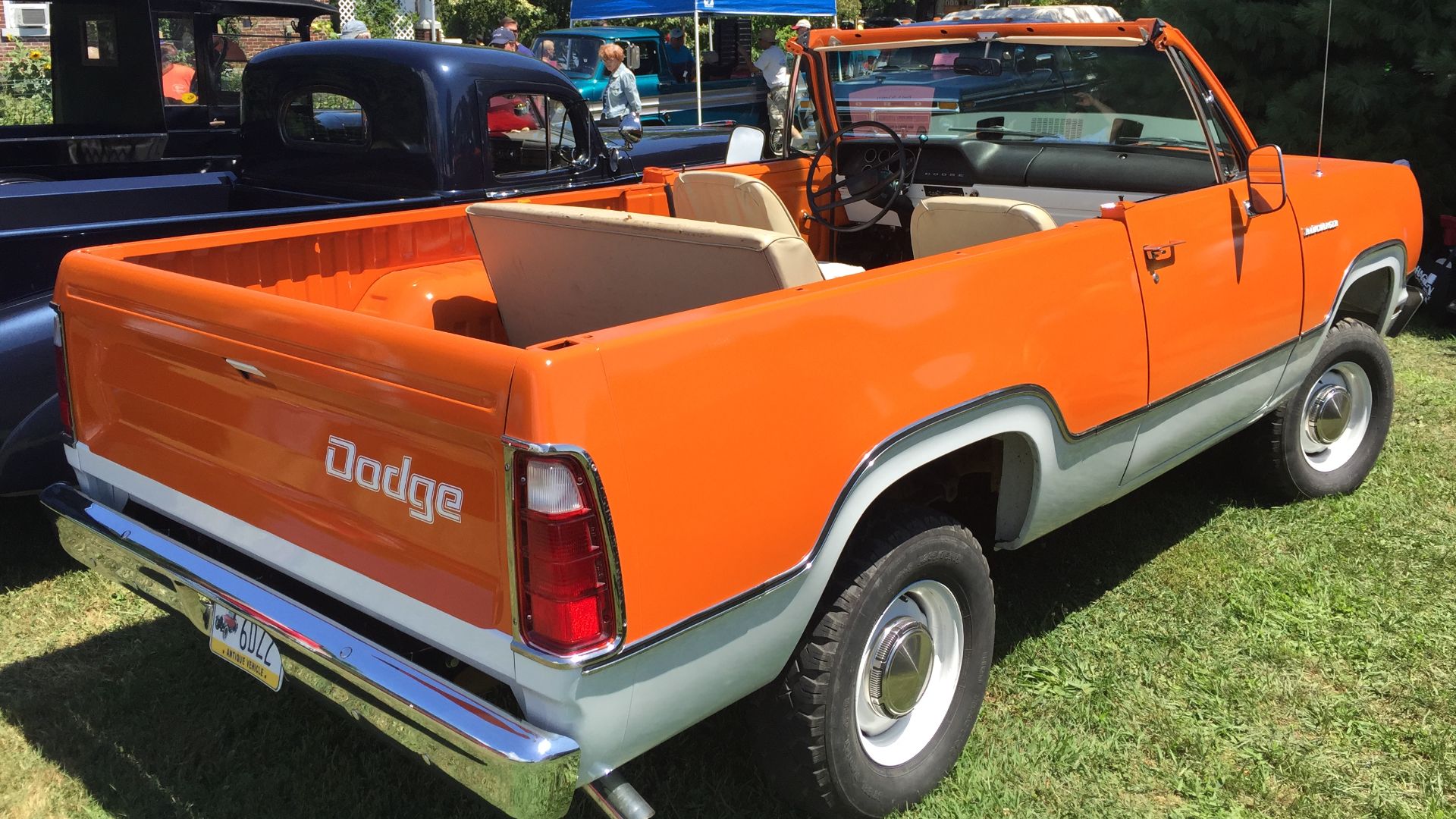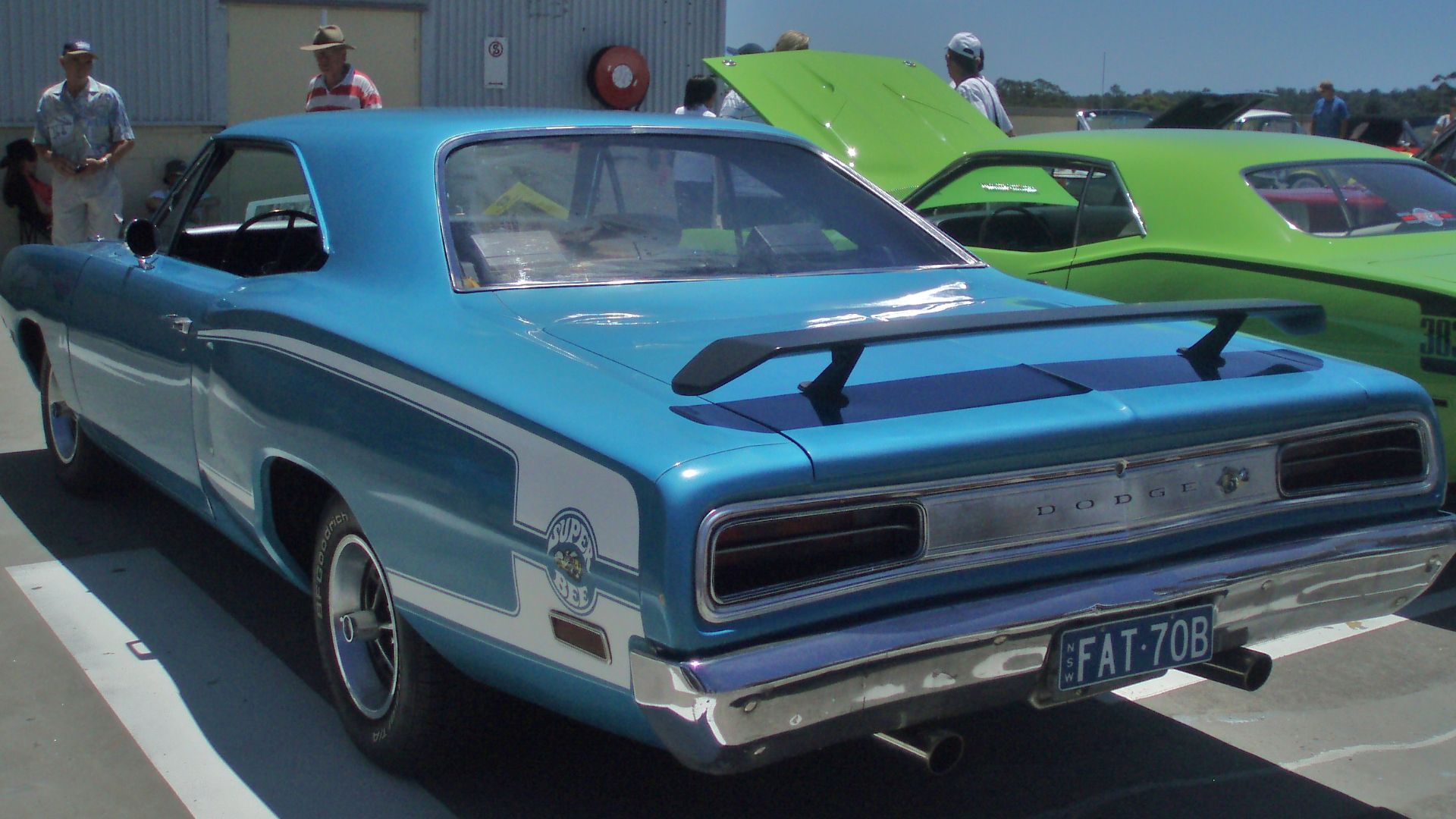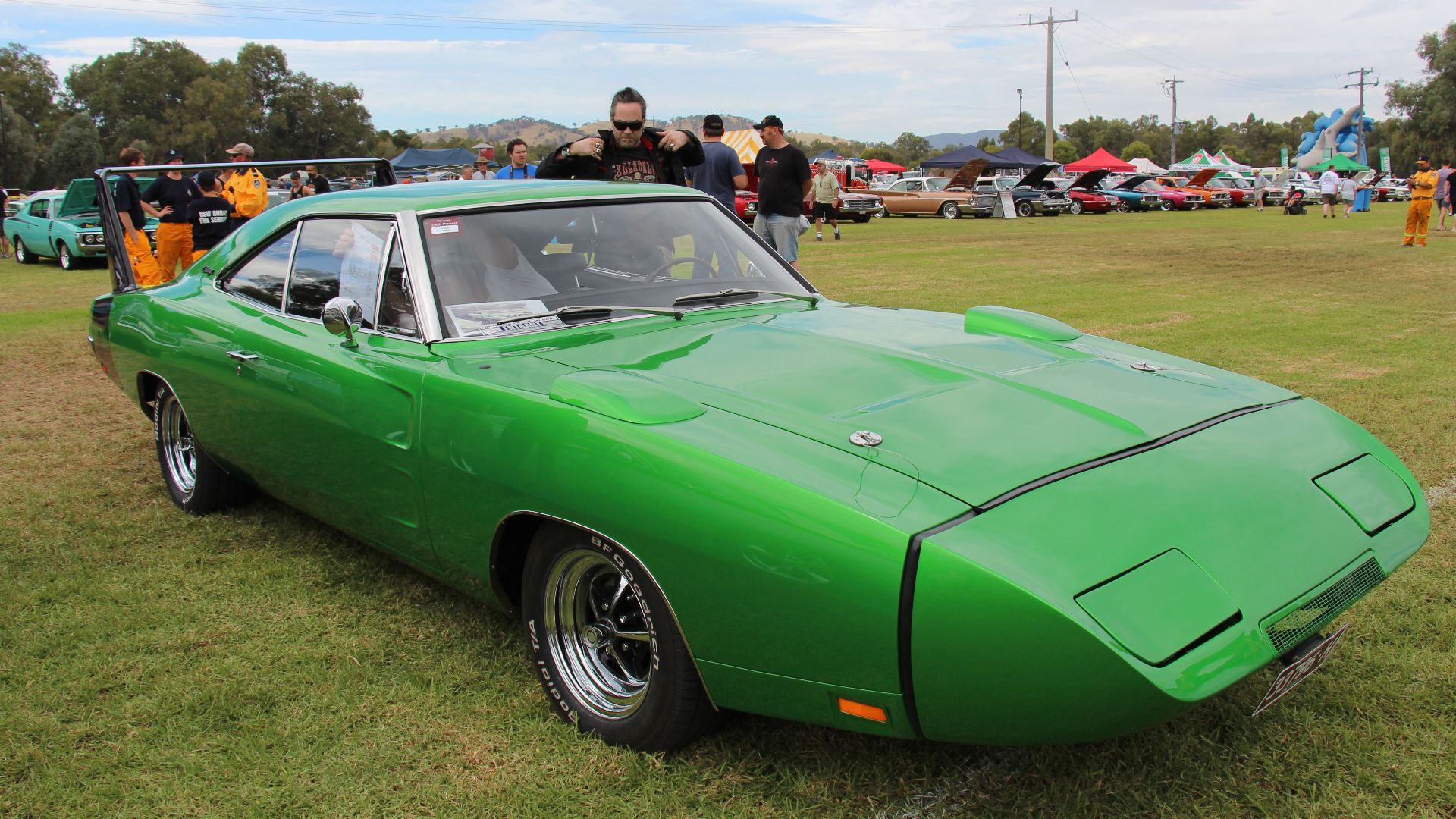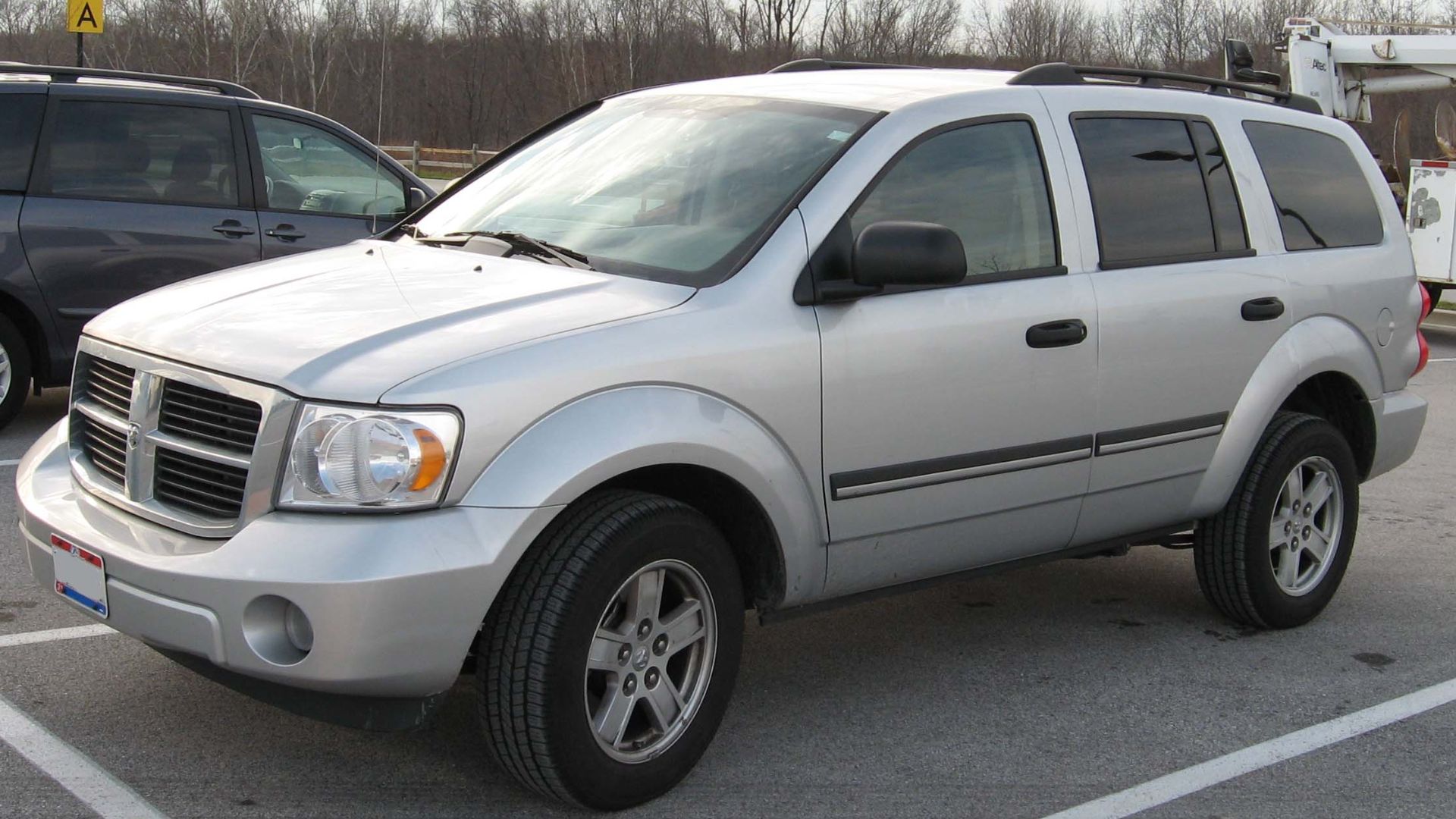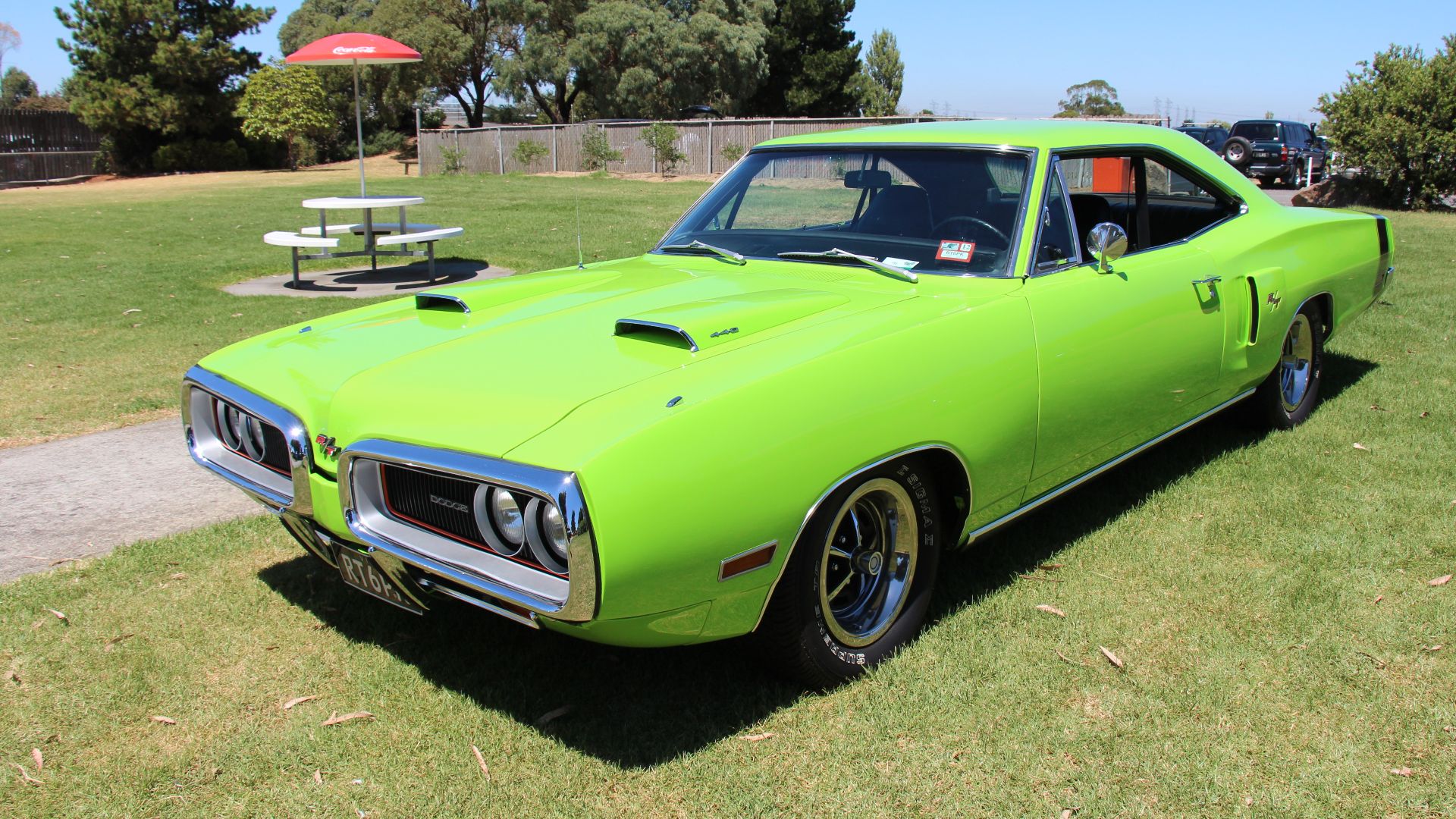These Cars Got Out Of "Dodge" So Fast, You Won't See Many On The Road
Dodge has a long history of producing excellent muscle cars, but it began as a machine shop in the early 20th century, supplying parts to automotive giants like Ford. Founded by brothers Horace and John Dodge, the company began producing automobiles in 1914 under the brand of "Dodge Brothers". Let's examine some of the rarest Dodges ever produced from one of America's most iconic brands.
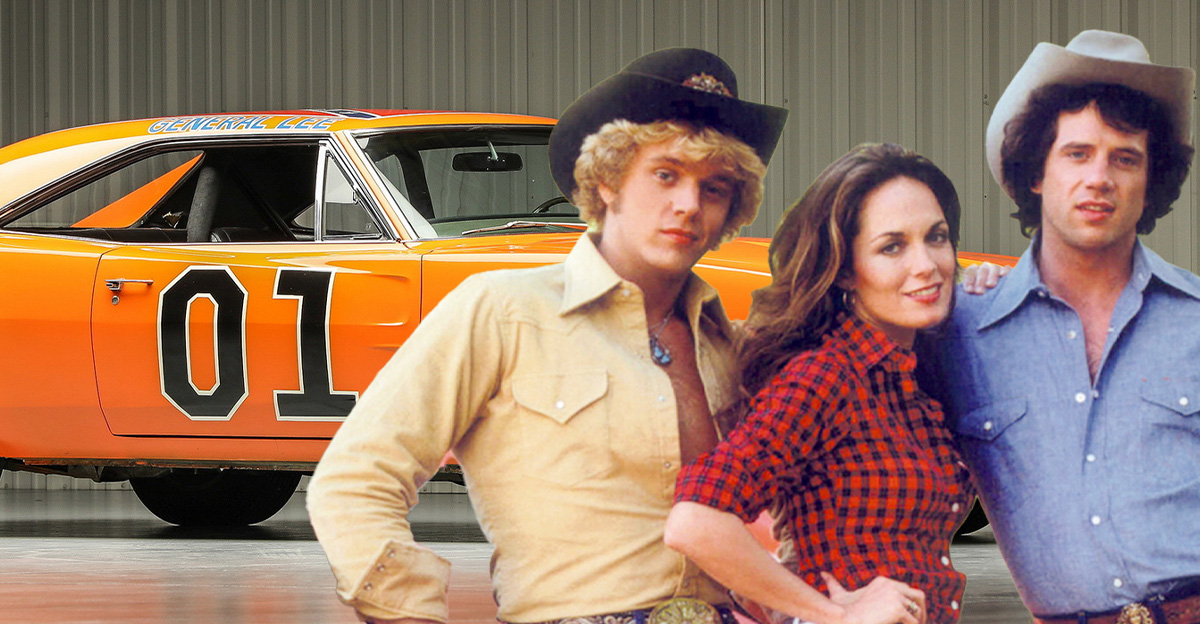
The Ill Fate Of The Dodge Brothers
Unfortunately for the Dodge company, a few years after the company began producing automobiles, the Dodge Brothers would each succumb to illness and pass away at a young age. John contracted the Spanish Flu and tuberculosis, passing away in January of 1920. His brother, Horace, would pass away from cirrhosis of the liver in December of that year.
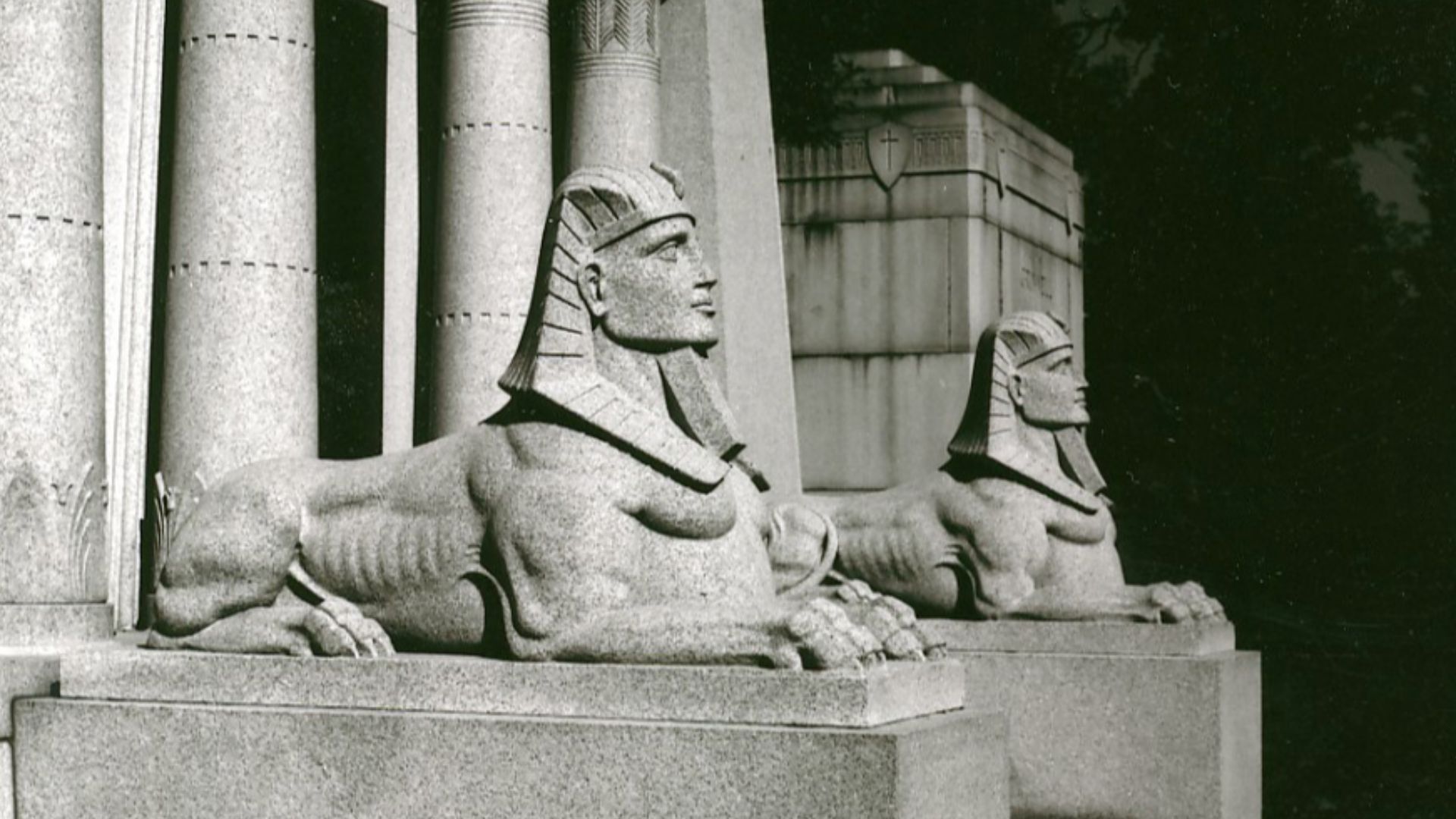 User:Carptrash, Wikimedia Commons
User:Carptrash, Wikimedia Commons
The Company Continues On
The Dodge brothers' families sold the company to an investment bank in New York City: Dillon, Read & Co., which sold the brand to Chrysler in 1928. It has been a division of Chrysler ever since, but it never stopped making amazing cars. Let's explore the first Dodge car: the Dodge 30-35.
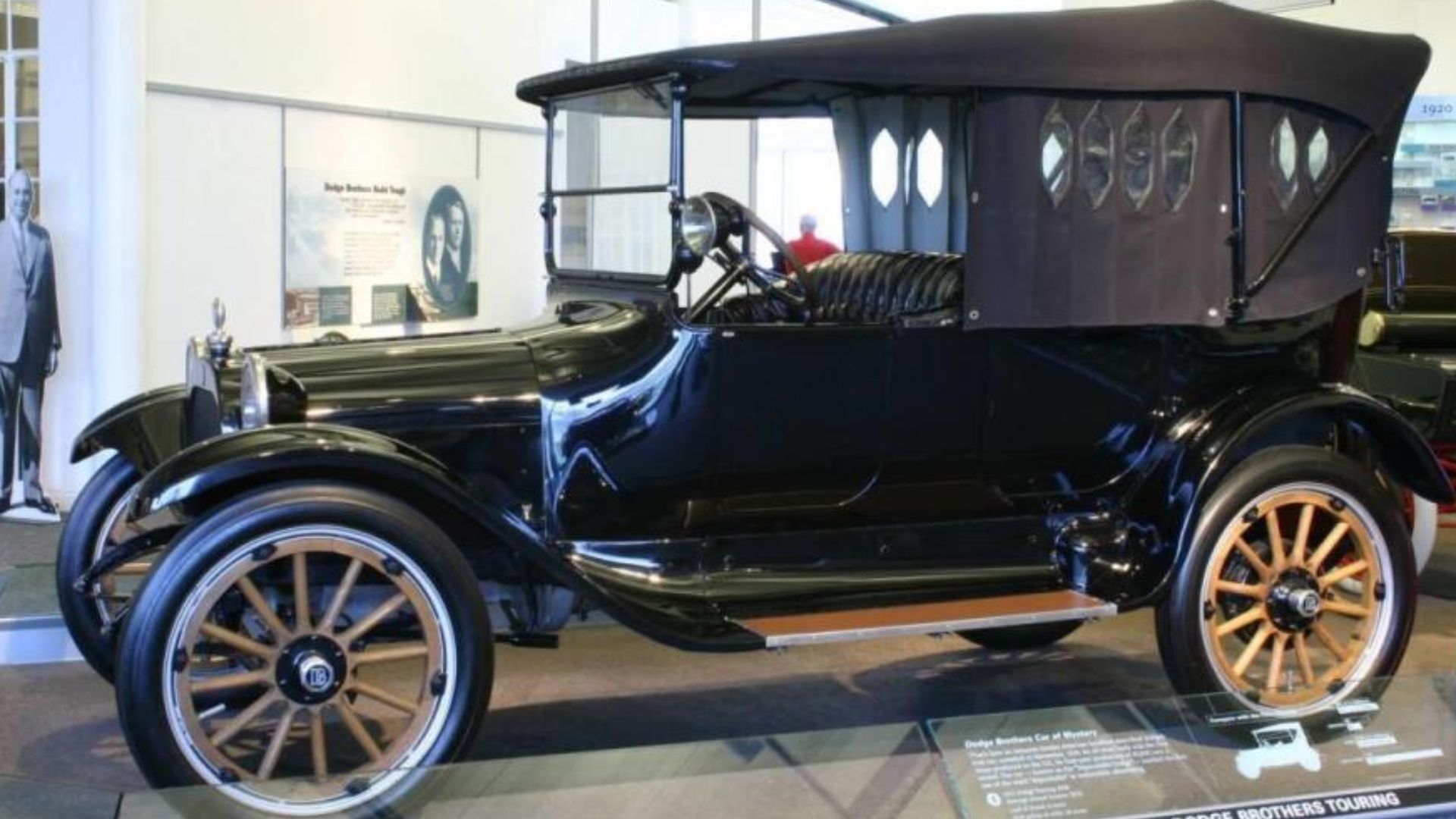 The original uploader was DougW at English Wikipedia., Wikimedia Commons
The original uploader was DougW at English Wikipedia., Wikimedia Commons
1914 Dodge 30-35
Introduced to the public on November 14, 1914, the Dodge 30-35 was powered by a 3.5L L-head inline-four engine, and offered mechanical braking on the rear wheels. It was considered a four-door touring car, with a canopy over the rear section and electric lighting from 1915 onwards. Its top speed was between 45 and 50 mph. By the time the series was replaced in 1916, Dodge had produced 116,000 copies of their first car.
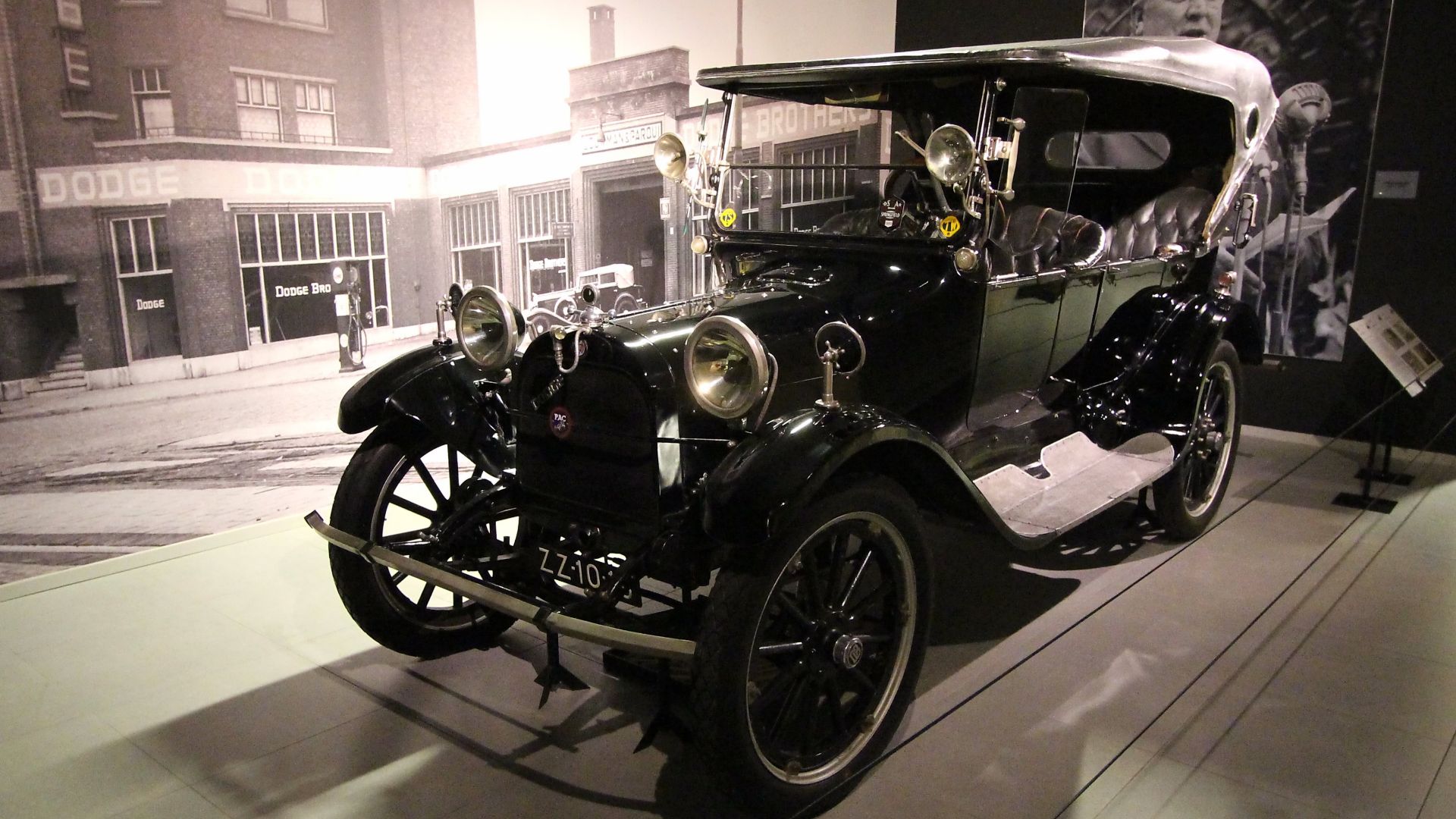 bertknot from scarborough, australia, Wikimedia Commons
bertknot from scarborough, australia, Wikimedia Commons
1968 Dodge Charger 500
In the mid-1960s, Dodge was looking to compete with Ford on the NASCAR circuit, having failed the previous year, losing out to the Ford Torino Talladega. This led to a crucial redesign after wind-tunnel testing: they made the rear window flush with the rest of the roof, giving the Charger 500 a fastback look.
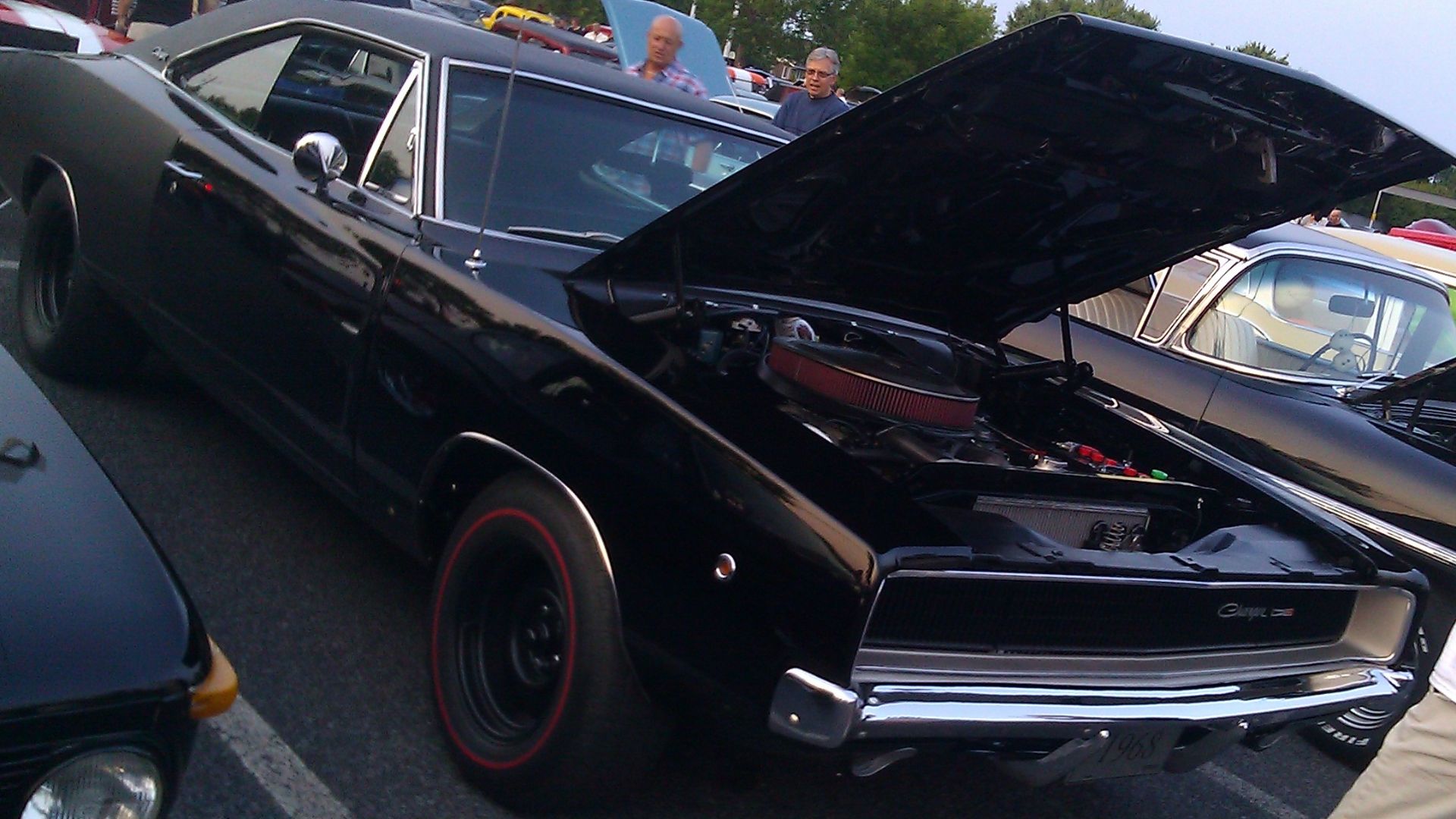 Bull-Doser at English Wikipedia, Wikimedia Commons
Bull-Doser at English Wikipedia, Wikimedia Commons
1968 Dodge Charger 500 (Cont'd)
Powered by a 7.0L V8 Chrysler Hemi, the screaming engine produced 430 hp. Unfortunately for the Charger 500, it was short-lived as Dodge wasn't best pleased with the results. After building just 692 units, they replaced the Charger 500 with the famous Charger Daytona.
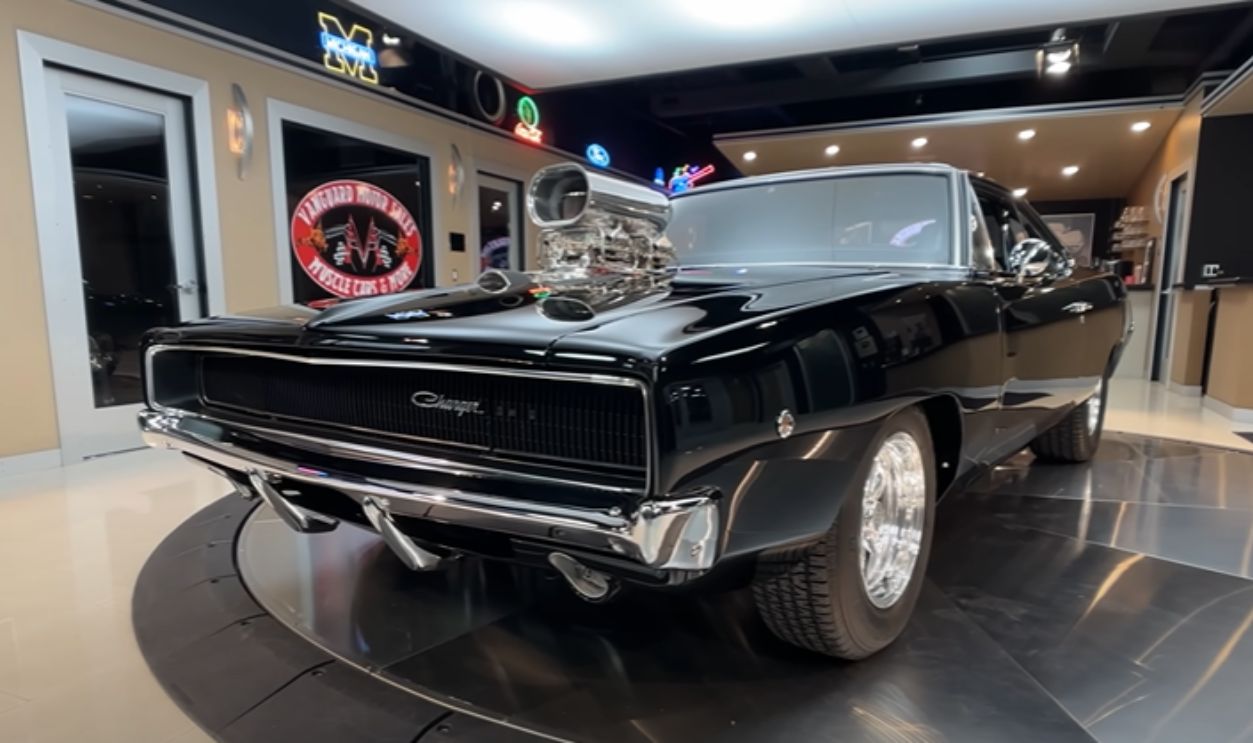 1968 Dodge Charger Restomod For Sale Vanguard Motor Sales #8491, Vanguard Motor Sales
1968 Dodge Charger Restomod For Sale Vanguard Motor Sales #8491, Vanguard Motor Sales
1982 Dodge Rampage
You may not have heard of the Dodge Rampage before. It's no wonder, the obscure early-80s car-pickup was supposed to capitalize on the success of the Subaru BRAT coupe utility. It was compact, but for a car-truck thing with a name like "Rampage", Dodge customers expected better than this flop.
1982 Dodge Rampage (Cont'd)
The reason it's a rarity is because, frankly, it sucked. It was powered by a Chrysler-built 2.2L inline-four engine that produced a pithy 96 hp. It weighed 2,400 pounds. Producing less than 20,000 units over the course of two years, the Rampage quietly went away, and the coupe utility vehicle disappeared not long after. A poor showing from Dodge that in no way matched the Subaru BRAT.
1987 Dodge Raider
Ever heard of Diamond-Stars Motors? It was a joint manufacturing effort between Chrysler (Dodge) and Mitsubishi of Japan, operated between 1985 and 1995, allowing the two companies to share technologies. That could not have been more evident than in the Raider. It was, essentially, a rebadged Mitsubishi Pajero.
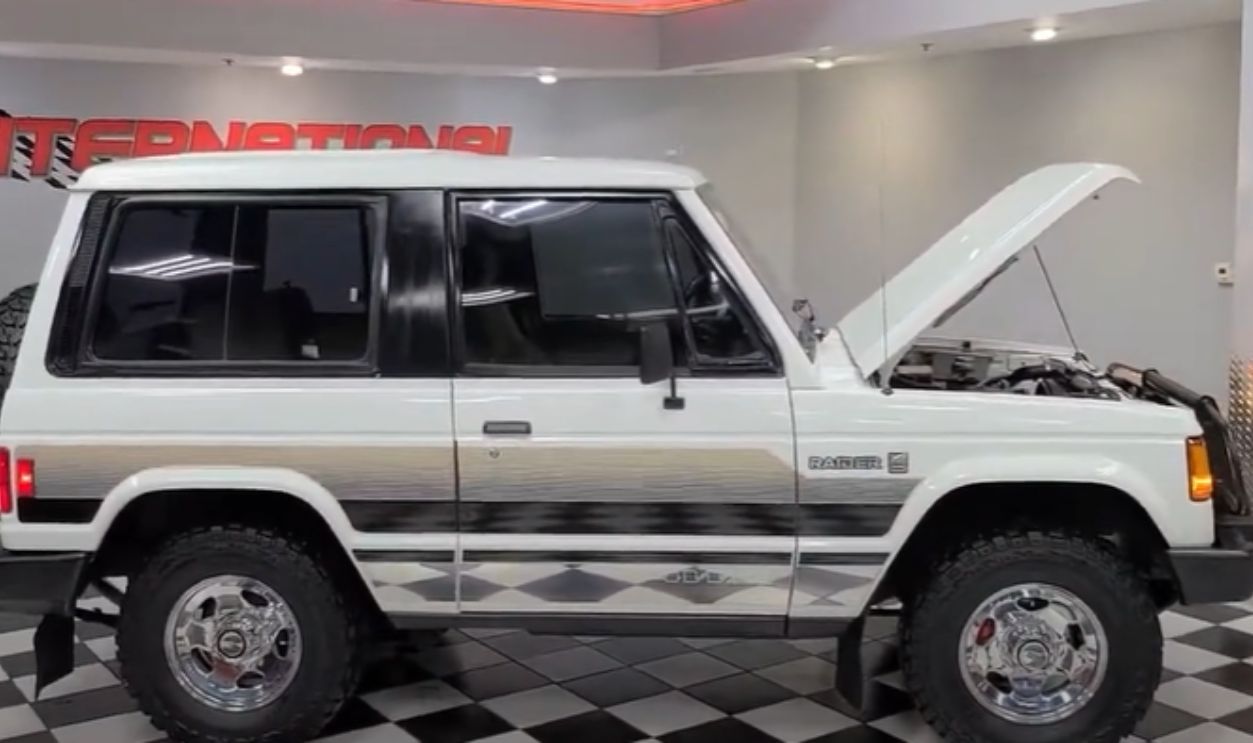 1987 Dodge Raider - Lombard, IL, International Car Center
1987 Dodge Raider - Lombard, IL, International Car Center
1987 Dodge Raider (Cont'd)
A full-size SUV, the Raider came with 15-inch alloy wheels, two-tone paint, and was powered by a 3.0L V6 engine. It was almost identical to the Pajero in every way, meaning people just bought the Pajero instead. Just 31,000 units were sold during its two-year production run.
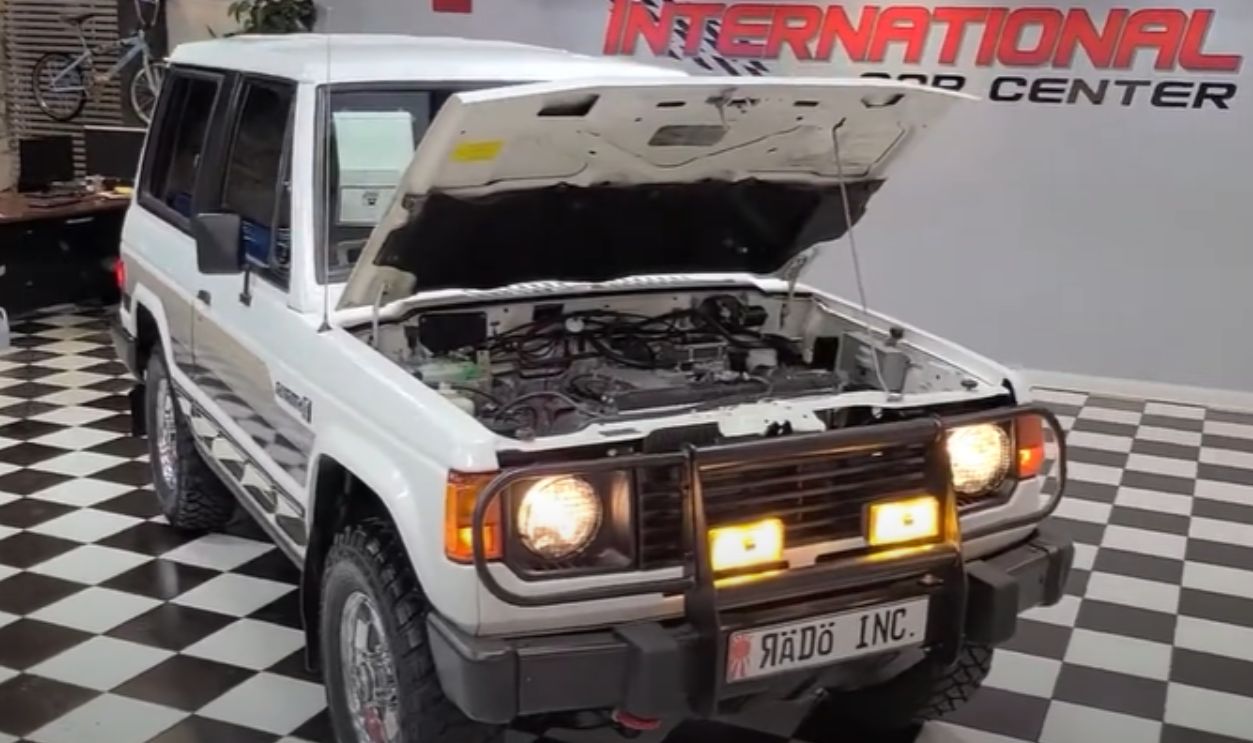 1987 Dodge Raider - Lombard, IL, International Car Center
1987 Dodge Raider - Lombard, IL, International Car Center
2002 Dodge Ram SRT10
Even though the world was used to big trucks from Dodge by 2002, the Dodge Ram SRT10 took the cake. It was a truck that was powered by an engine used in the Dodge Viper. An 8.3L V10 engine screamed away under the hood, producing 510 hp and propelling anyone mad enough to drive it to 60 mph in 4.9 seconds, with an incredible top speed of 154 mph. In a truck.
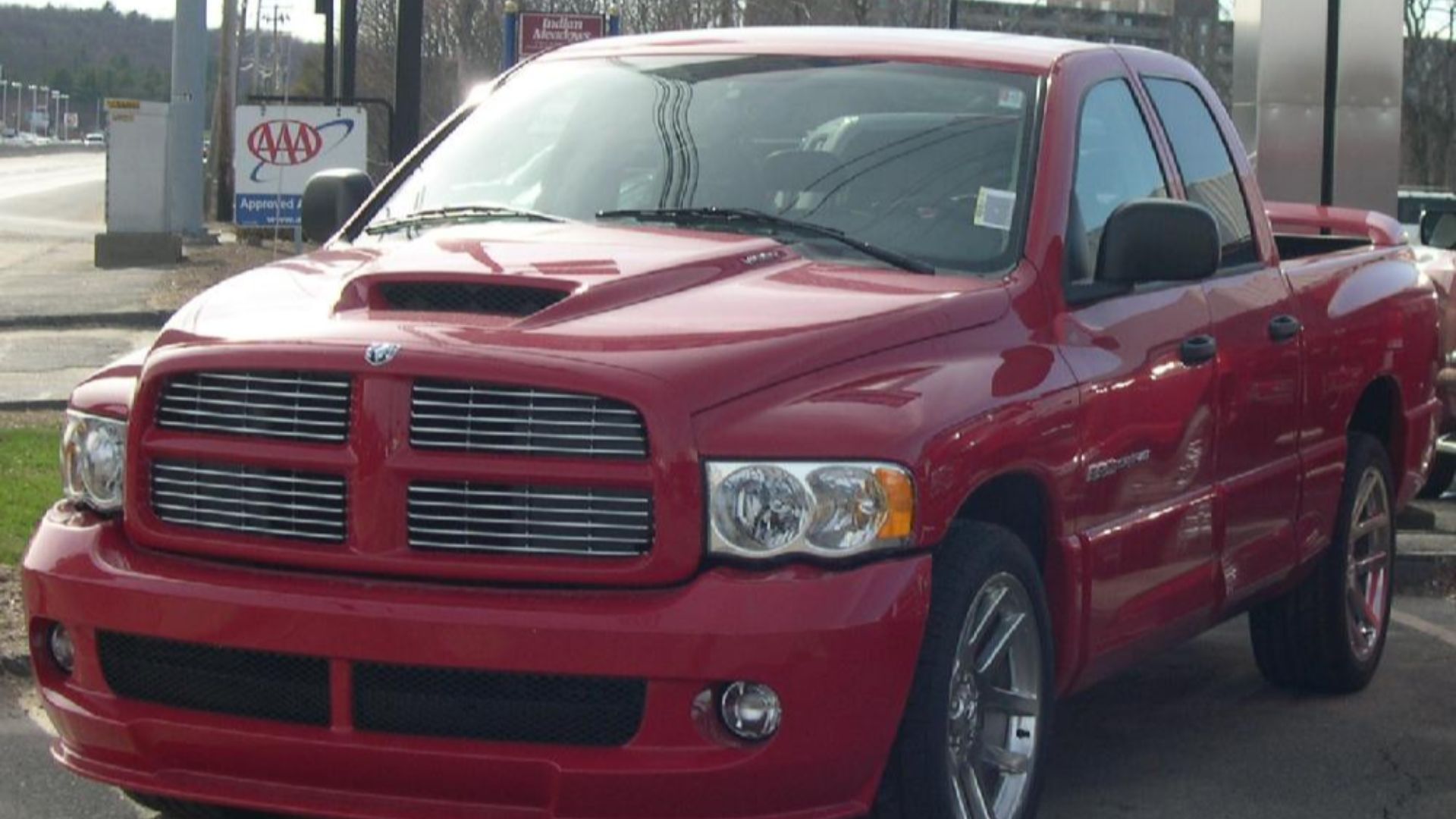 Sfoskett~commonswiki, Wikimedia Commons
Sfoskett~commonswiki, Wikimedia Commons
2002 Dodge Ram SRT10 (Cont'd)
The madness (and overall success) of the SRT-10 led Dodge to produce a few special versions, including a very exclusive "Night Runner" model that featured an all-black exterior paint, 22-inch wheels, and a black chrome grille. Only 400 of these were built for 2006, but only 10,000 of the SRT10s were built throughout its lifetime. It's no wonder—it's totally impractical, if very fun.
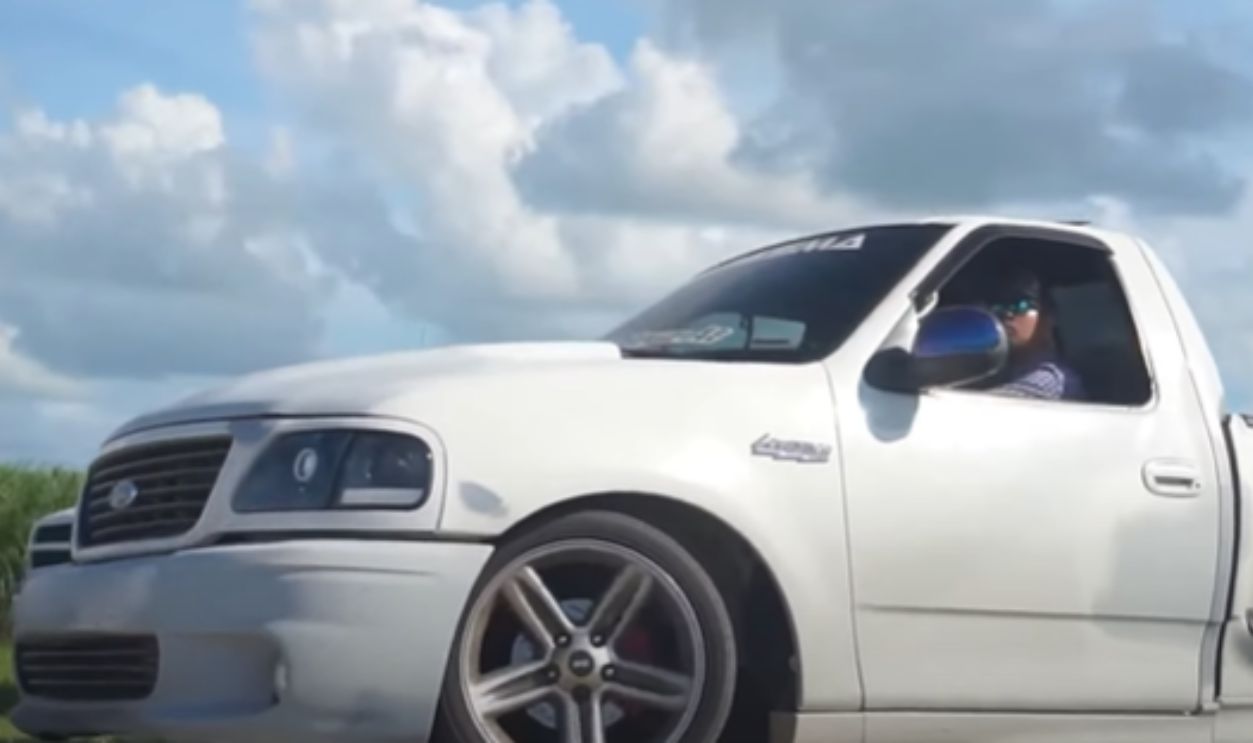 La Pick-up Mas Intrepida - DODGE RAM SRT10, Si Quema Car Reviews
La Pick-up Mas Intrepida - DODGE RAM SRT10, Si Quema Car Reviews
1961 Dodge Lancer
In the early 1960s, Chrysler had offered Dodge mere breadcrumbs from its coffers, leaving them with the task of producing a compact two- or four-door sedan: the Lancer. It featured rounded tail lights and a full-length grille, separating it from the Plymouth Valiant, another of Chrysler's pet projects. The 1961 Lancer was powered by a 2.8L slant-six engine that produced 101 hp.
1961 Dodge Lancer (Cont'd)
Interestingly, the Lancer could be customized with Chrysler's "Hyper Pak" kit, which increased the performance of the Lancer significantly, bringing the engine up to produce 196 hp and a 0-60 time of 8.6 seconds. The Lancer was discontinued in 1962, but brought back in 1985 through '89.
1955 Dodge LaFemme
In the 1950s, Chrysler's marketing department had a genius idea: design a car that it could market specifically to women. The hardtop, two-door coupe was painted in white and pink, with gold-colored "La Femme" scripts on the body. The upholstery was also custom: a silver-pink background featured pink rosebuds, and the car also came with a pink calfskin purse.
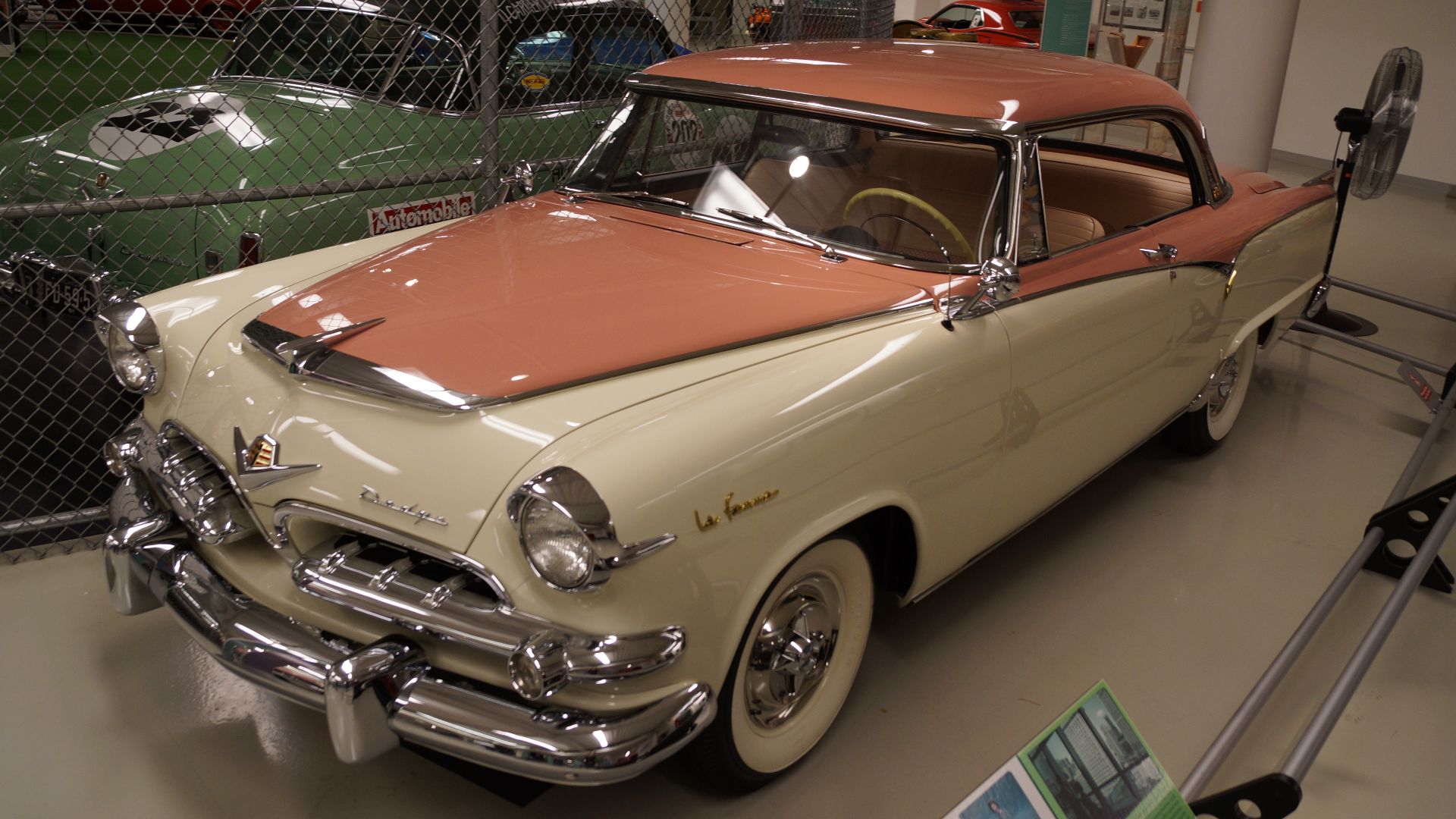 Greg Gjerdingen from Willmar, USA, Wikimedia Commons
Greg Gjerdingen from Willmar, USA, Wikimedia Commons
1955 Dodge LaFemme (Cont'd)
Drivers of the LaFemme were prepared for the rain, as behind the driver's seat, there was a compartment that held a raincoat, rain bonnet, and an umbrella. Unfortunately for Dodge, this "made-for-women" design didn't take off as they'd hoped, with fewer than 2,500 produced between 1955 and 1957, when Dodge dropped the production.
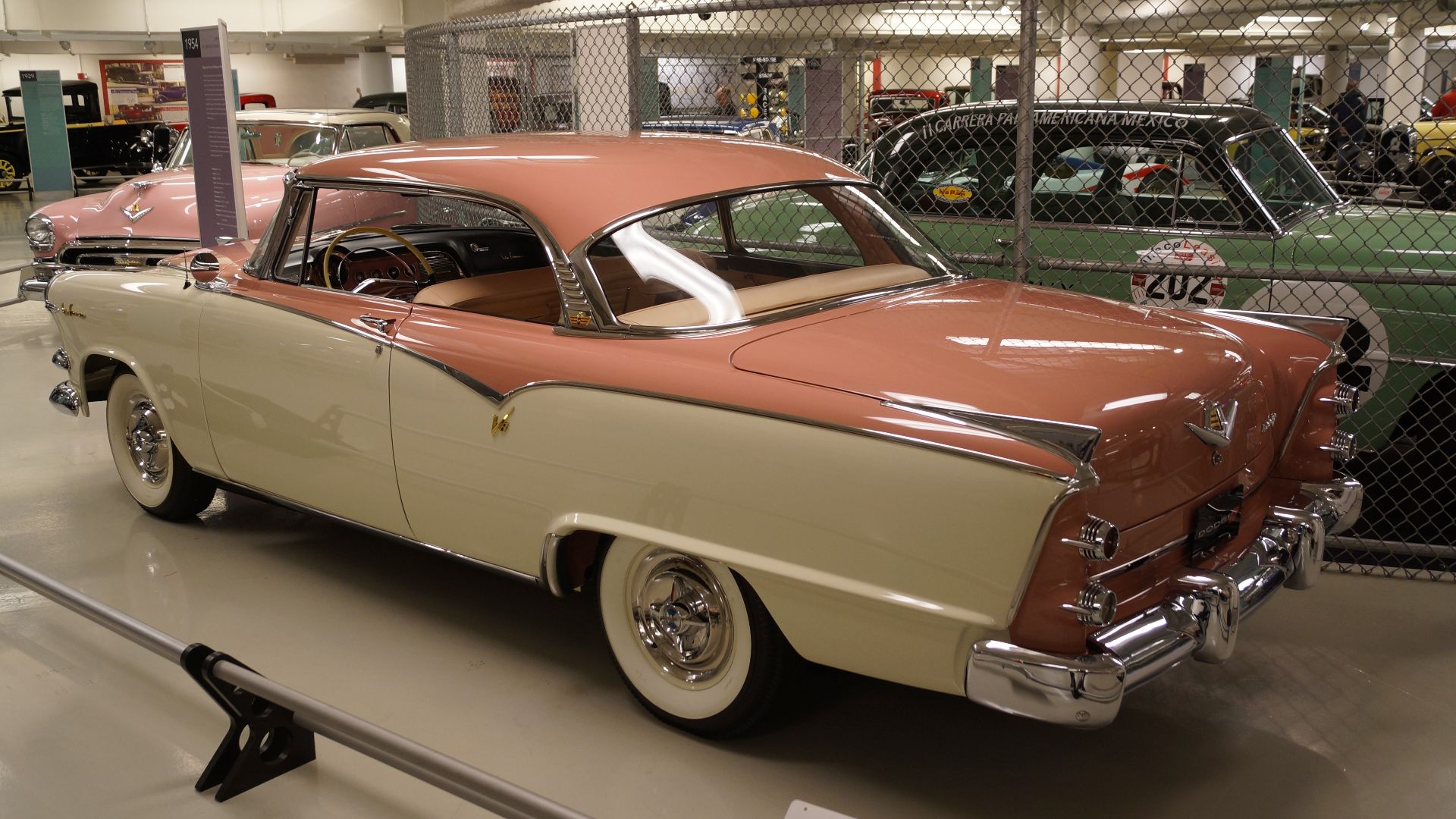 Greg Gjerdingen from Willmar, USA, Wikimedia Commons
Greg Gjerdingen from Willmar, USA, Wikimedia Commons
1966 Dodge Coronet Four-Door HEMI
Also known as the Coronet SE, or "Special Edition", the Coronet four-door Hemi was one of the rarest Dodge Coronets ever built. Just four cars were ever built, including a single one for the Federal Bureau of Investigation. Powered by a 7.0L V8 engine, the Hemi produced 425 hp and could race for a quarter-mile in less than 13 seconds. However, no track figures exist for it—such is its rarity.
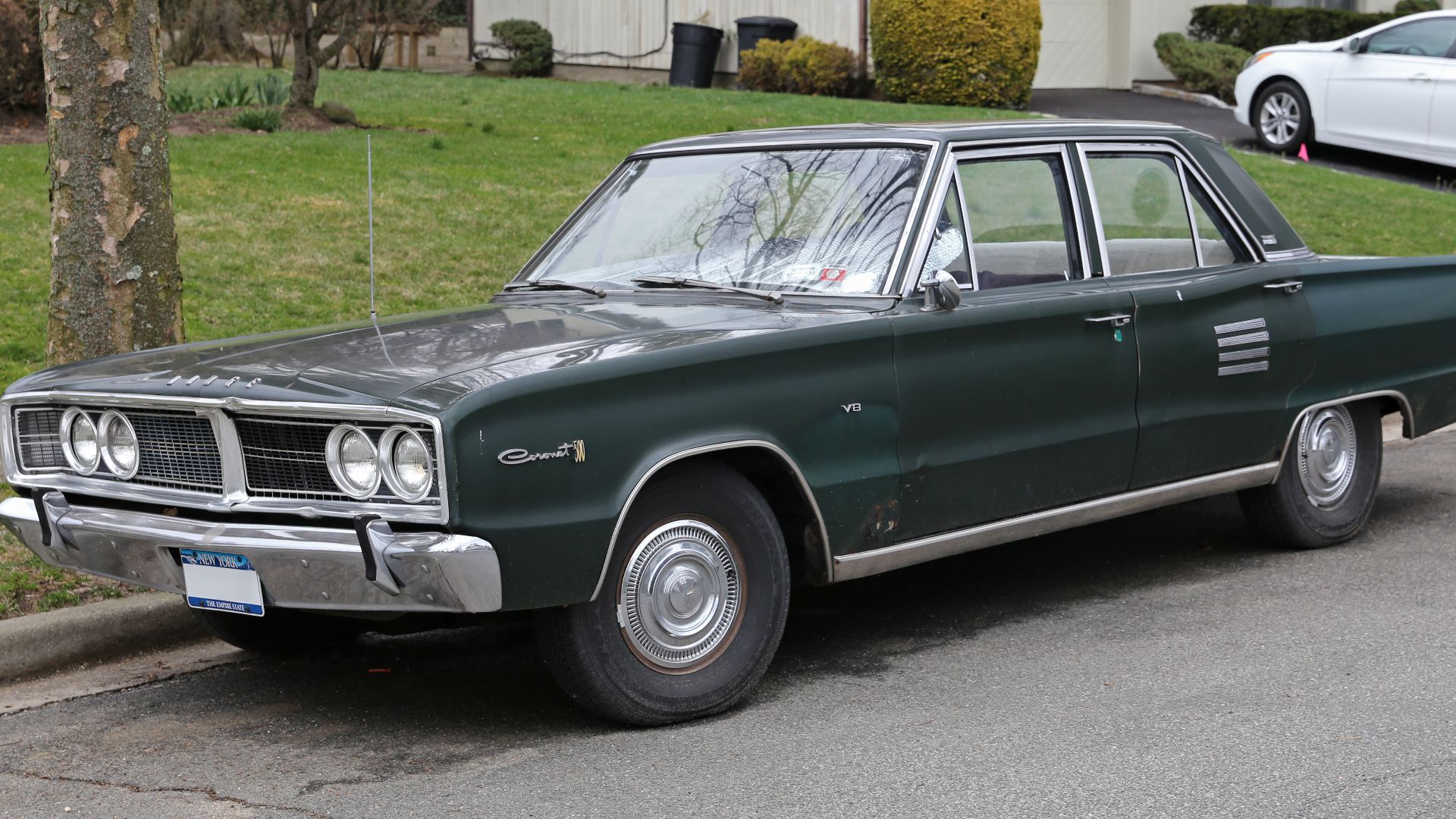 Mr.choppers, Wikimedia Commons
Mr.choppers, Wikimedia Commons
1966 Dodge Coronet Four-Door HEMI (Cont'd)
True to form with most other lightweight vehicles of their type, the Dodge Coronet four-door was stripped of all excesses and made as lightweight as possible. The rear axles were moved forward by several inches, repositioning the rear wheels to under where the rear seating would normally go (these were removed as well), to increase traction as the Coronet launched off the starting line.
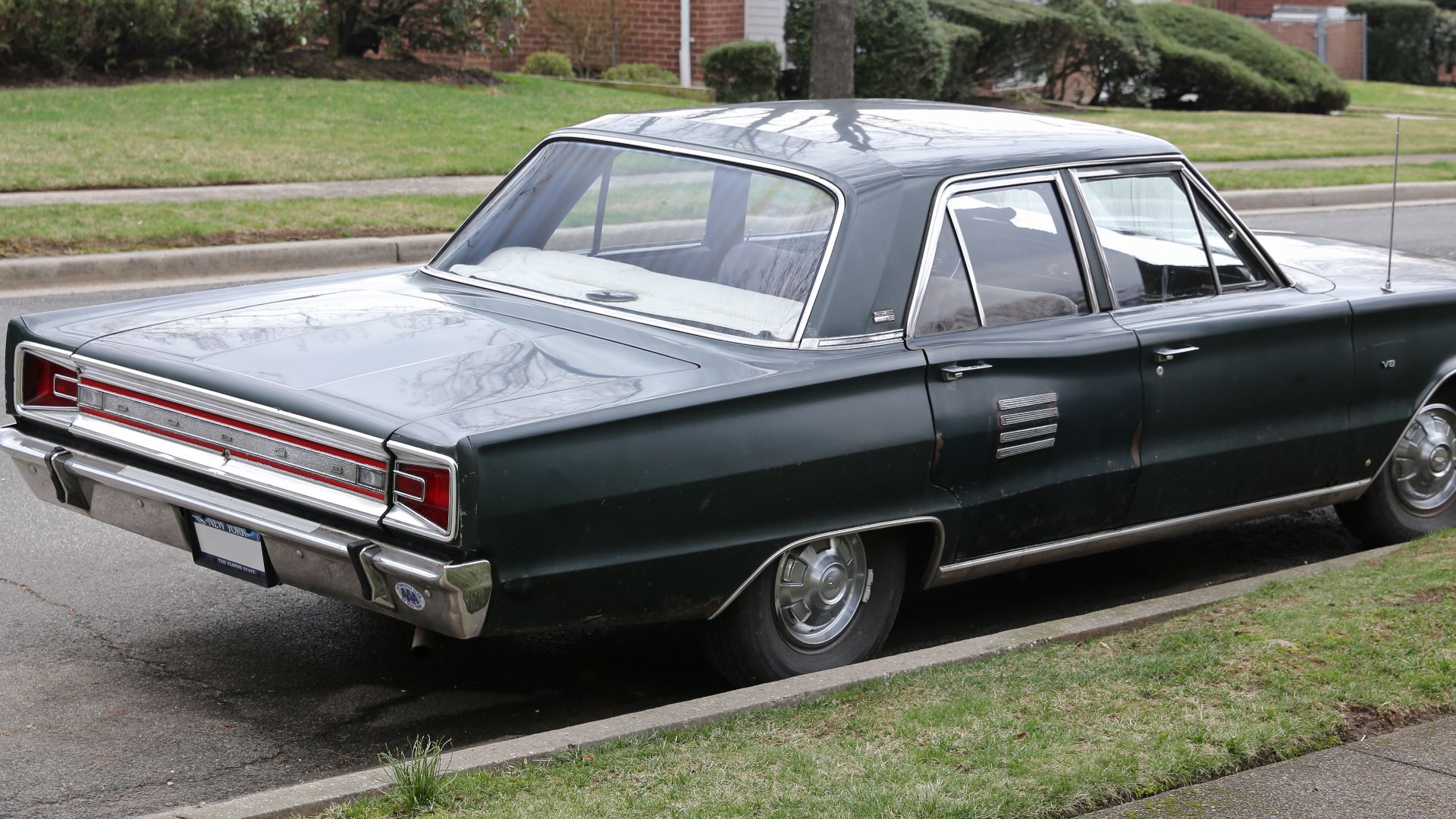 Mr.choppers, Wikimedia Commons
Mr.choppers, Wikimedia Commons
1974 Dodge Ramcharger Lightweight
Back in the mid-1970s, before the Dodge Rampage, Dodge produced another sport utility vehicle: the Ramcharger. The rear-wheel drive SUV originally came without a roof; your dealer would have to install a fabric tonneau cover. It also came (as standard) without a passenger seat until 1976. It was armed with a 3.7L slant-six engine, producing 175 hp.
1974 Dodge Ramcharger Lightweight (Cont'd)
But the Ramcharger wasn't just a utility vehicle, it was also a rally car, for one race only: the Sno*Drift event of 1975, held in Michigan. A second- and third-generation Ramcharger would enter the fray in the 1980s and 1990s, with production ceasing in 2001. The rarest of the Ramchargers, a hardtop made of aluminum, saw only six produced.
1970 Dodge SuperBee Coupe
In 1970, Dodge launched the SuperBee coupe, a hardcore muscle car with power to burn through. The hardtop version of the SuperBee came equipped with a 7.0L V8 Hemi "Elephant" engine, and there are only 36 cars in existence. Its front was redesigned from the Coronet to include quad headlights and a redesigned dual-scoop hood borrowed from the Ramcharger.
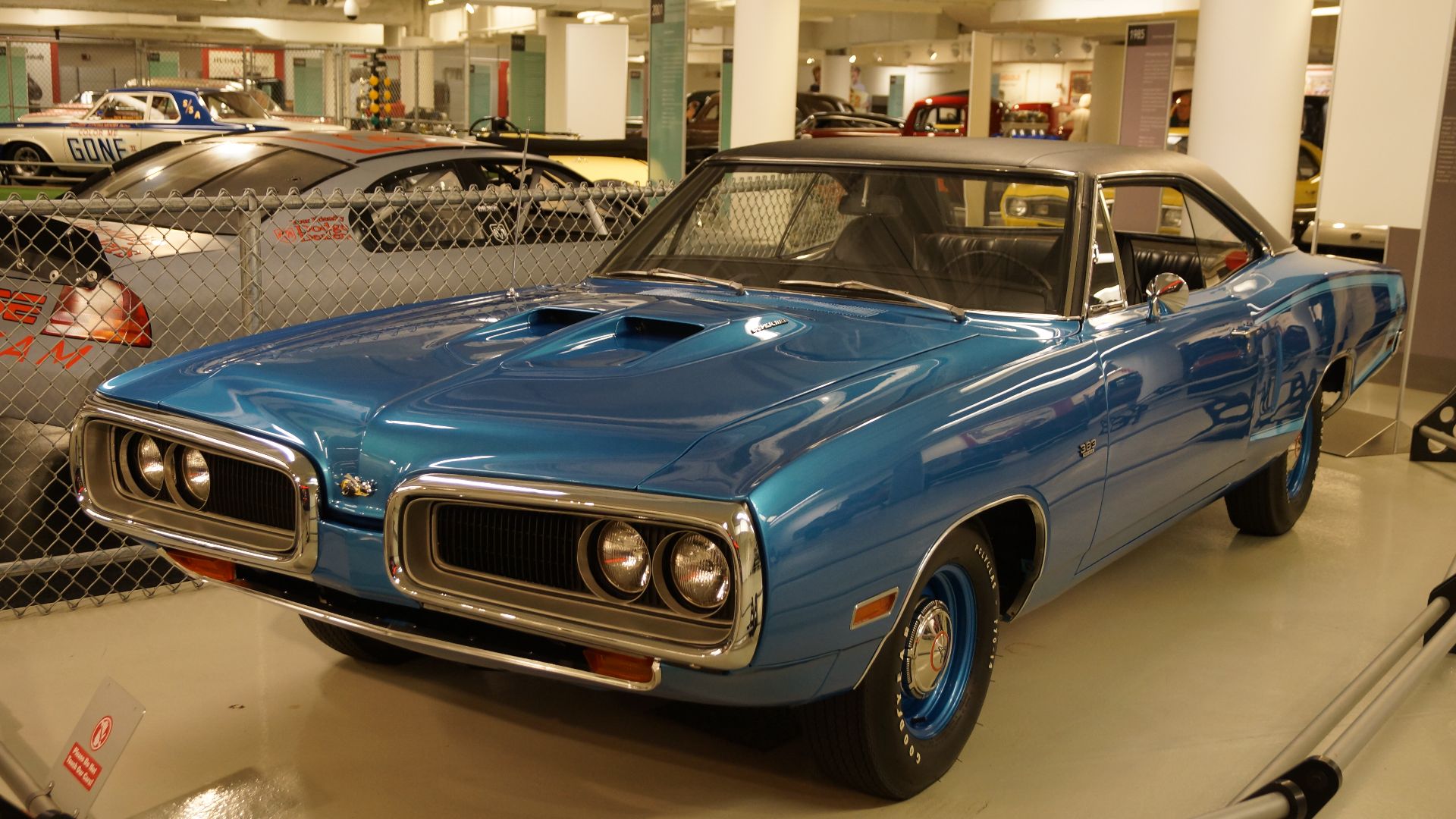 Greg Gjerdingen from Willmar, USA, Wikimedia Commons
Greg Gjerdingen from Willmar, USA, Wikimedia Commons
1970 Dodge SuperBee Coupe (Cont'd)
No power locks or windows were available in the SuperBee and it was available with either a standard bench seat or vinyl bucket seats (for an extra fee). The 7.0L Hemi Elephant Engine produced 425 hp, with a top speed of 142 mph and reaching 60 MPH in 5.7 seconds.
1969 Dodge Charger Daytona
The 1969 Dodge Charger Daytona was the first generation of the now-infamous car named after Daytona Beach, Florida. Finding themselves in a bit of a crisis after the failure of the Dodge Charger 500, Chrysler needed to come up with something different in 1969. That was the Charger Daytona, an "aero-car", thanks to its massive 23-inch high spoiler and a sheet metal nose cone to reduce weight.
1969 Dodge Charger Daytona (Cont'd)
The Charger Daytona's 7.0L Hemi engine produced 390 hp as standard, or you could upgrade to a 7.2L Magnum V8, which produced 425 hp. Despite winning its inaugural race in 1969, then another four races in 1970, NASCAR changed their rules surrounding aero-cars, depleting the engine size to the point where the Daytona was disqualified.
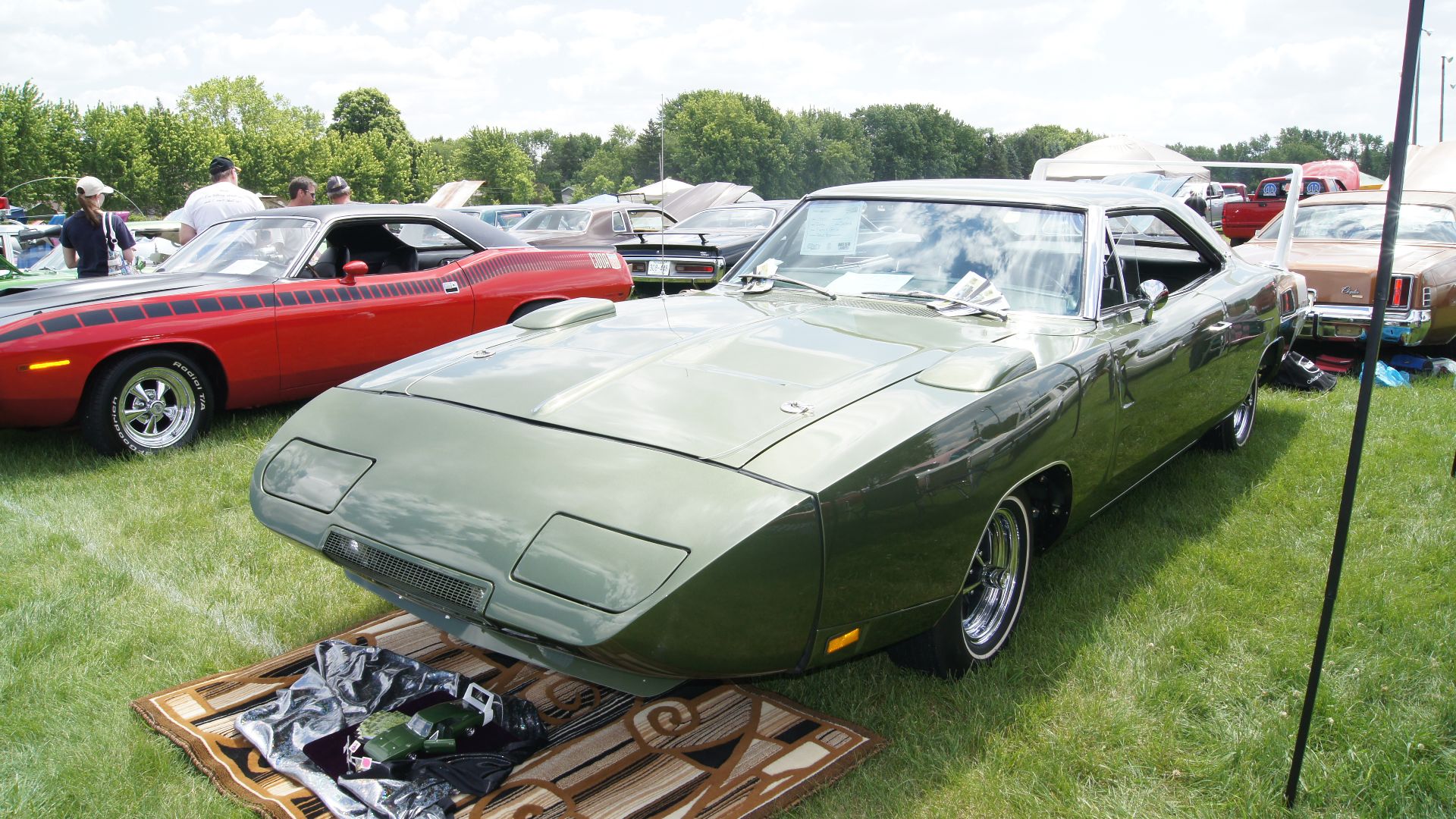 Greg Gjerdingen from Willmar, USA, Wikimedia Commons
Greg Gjerdingen from Willmar, USA, Wikimedia Commons
1967 Dodge Coronet R/T HEMI
In 1967, Dodge introduced the Coronet R/T Hemi, designed for either the road or the track and powered by a Chrysler Magnum engine, producing 375 hp. You could find the R/T in either a convertible or hardtop version, with the former being rarer.
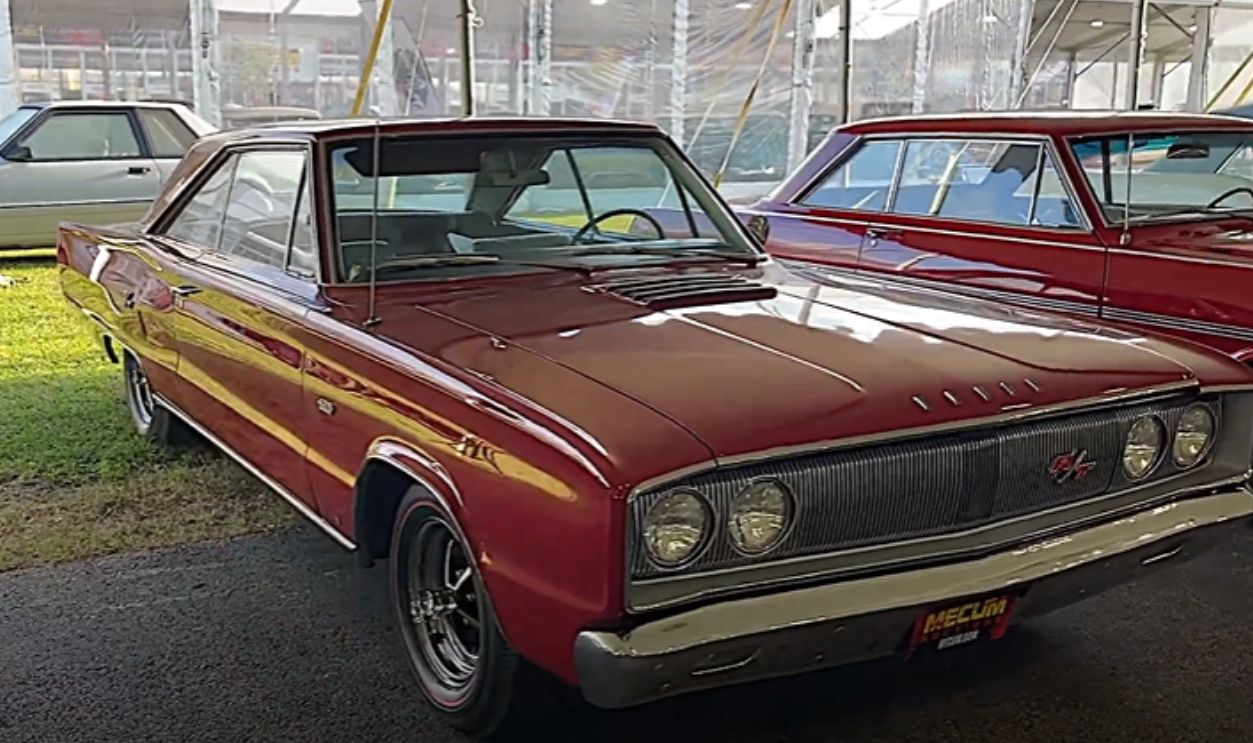 1967 Dodge Coronet Hemi R/T, Two Guys and a Ride
1967 Dodge Coronet Hemi R/T, Two Guys and a Ride
1970 Dodge Challenger Black Ghost
A 1970 Dodge Challenger might seem nondescript, but the "Black Ghost" Dodge Challenger became a racing legend on the streets of Detroit in the 1970s. Powered by a 7.0L V8 engine and a four-speed manual transmission, just 23 of these cars were produced. It was its racing history that made the Black Ghost special.
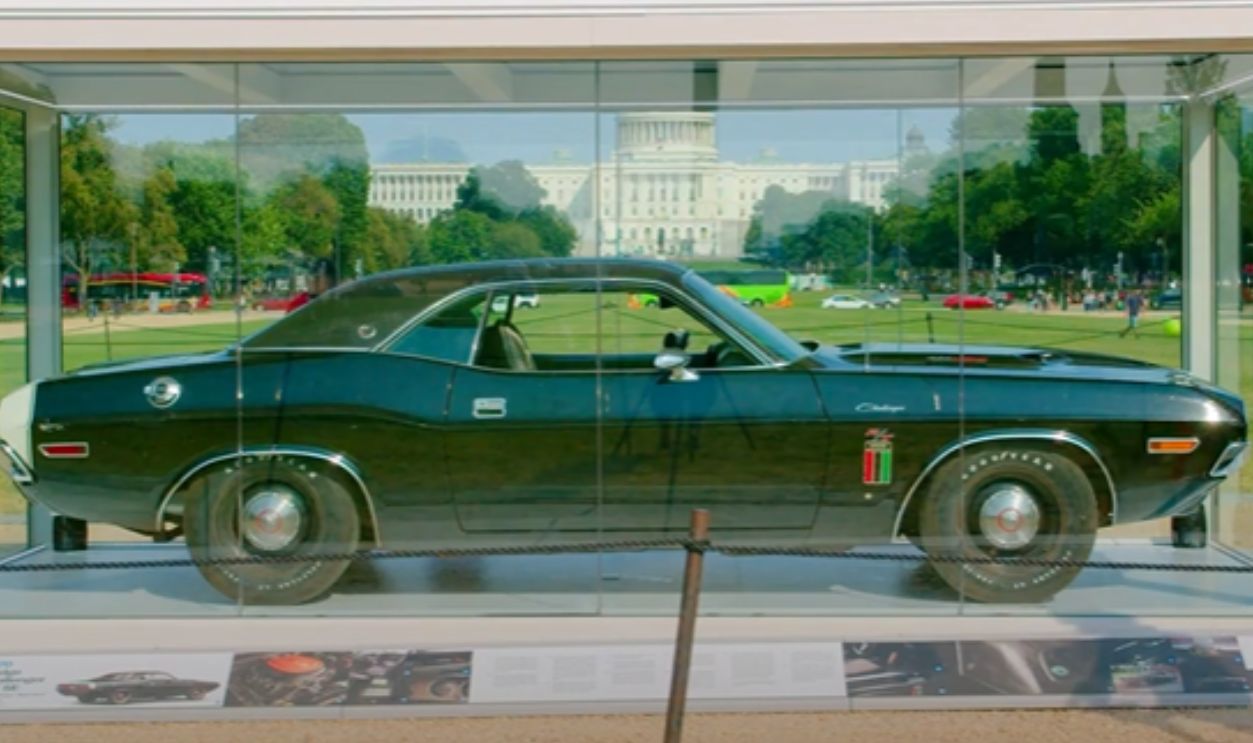 Is the Black Ghost car a true story?, Muscle Cars With Eric
Is the Black Ghost car a true story?, Muscle Cars With Eric
1970 Dodge Challenger Black Ghost (Cont'd)
Seeming to appear, win a race, then disappear into the night, the Black Ghost's identity remained a secret for many years. The identity of the owner of the Black Ghost Challenger was finally revealed to be Detroit police officer Godfrey Qualls. The car also had a gator-skin vinyl roof and is part of the National Historic Vehicles Registry.
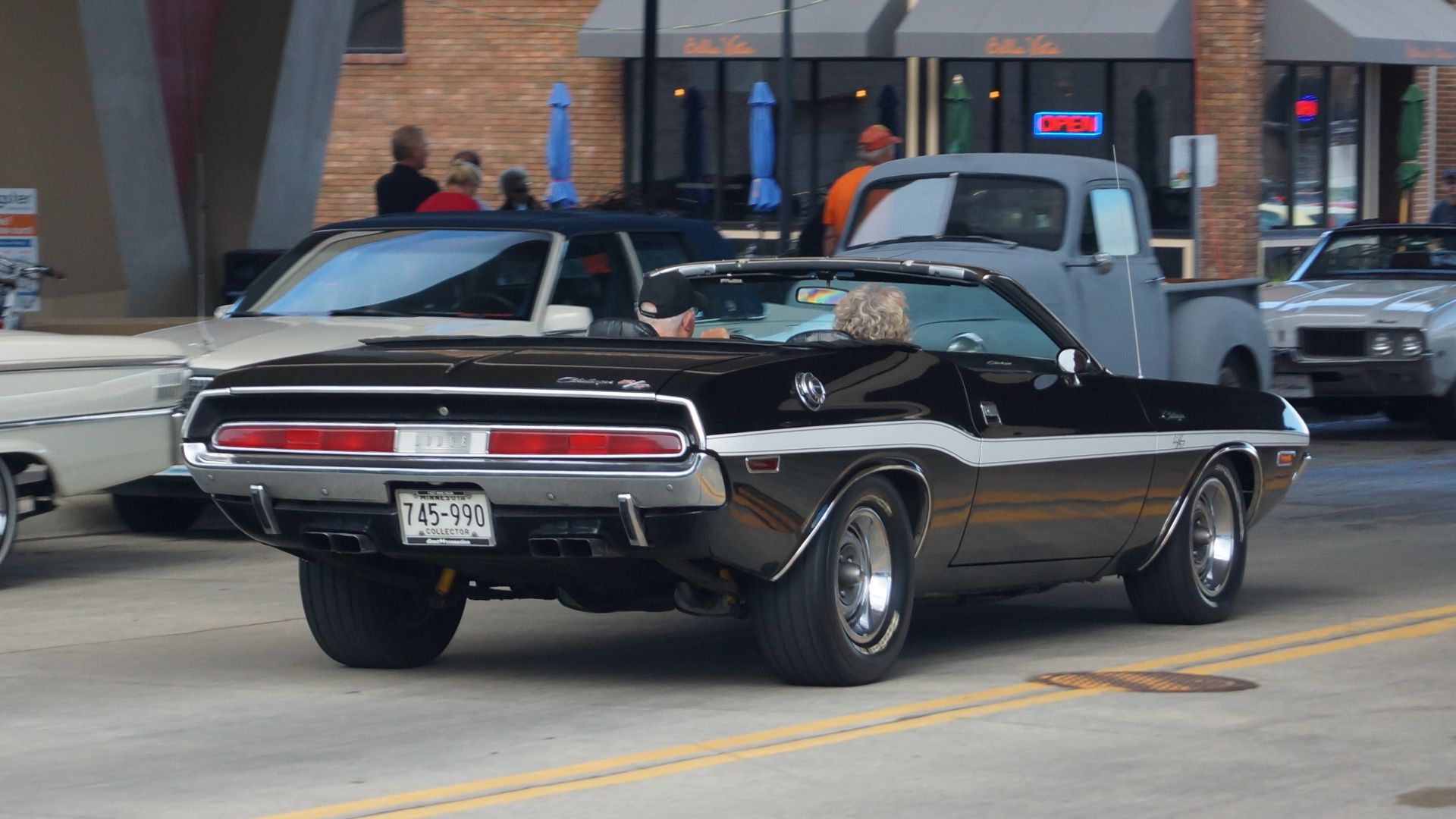 Greg Gjerdingen from Willmar, USA, Wikimedia Commons
Greg Gjerdingen from Willmar, USA, Wikimedia Commons
2008 Dodge Durango Hybrid
Leaping ahead in time, we have the exceedingly rare 2008 Dodge Durango Hybrid. It's rare because the car was only produced for a few months. Powered by an early-stage hybrid powertrain, the Durango was said to offer a 25% overall improvement in fuel economy—huge numbers for the 2008 recession year. When the hybrid wasn't running, the Durango bombed forward, powered by a 5.7L V8 engine that produced 385 hp.
2008 Dodge Durango Hybrid (Cont'd)
It wasn't just fuel efficient and powerful, the Durango was incredibly capable, with a reported tow capacity of 6,000 pounds. Independently tested, it offered a 19-mpg fuel efficiency rating, which wasn't bad for the era. Unfortunately, it didn't sell well and was left in the dust by competitor hybrid models.
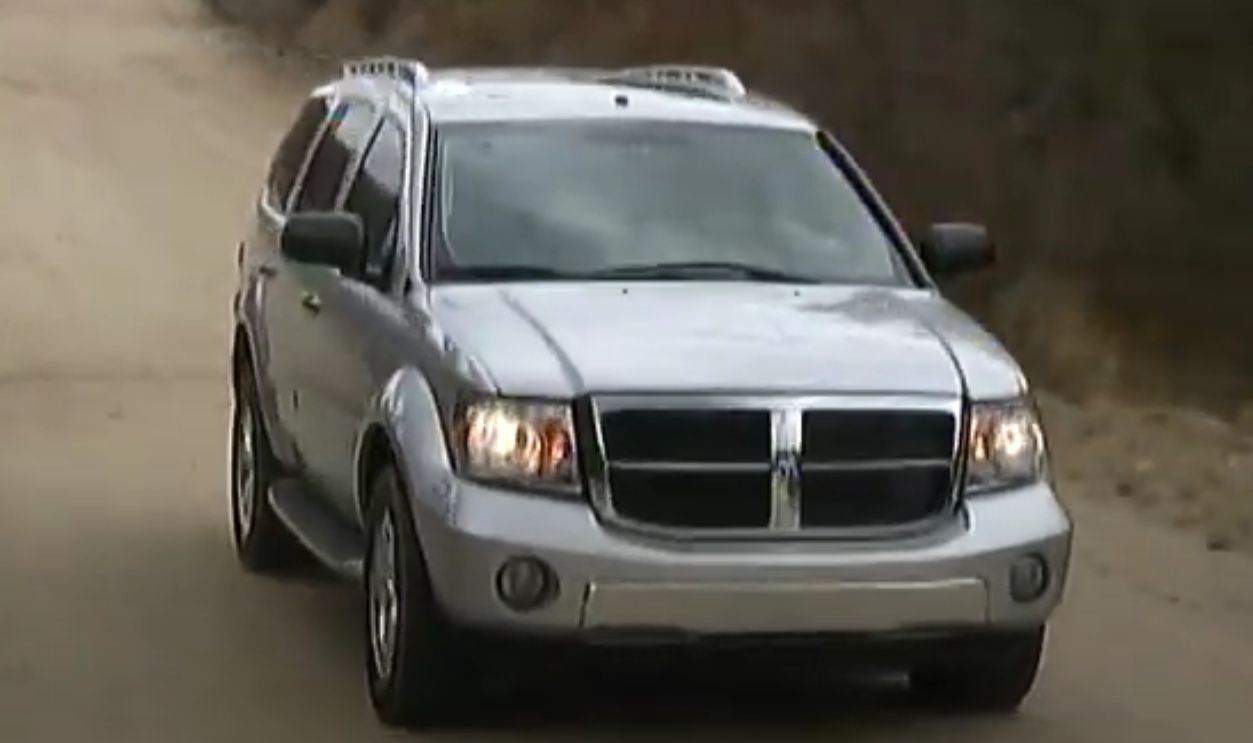 2008 Dodge Durango Hybrid Sport Truck Connection Archive road tests, Sport Truck Connection Archive
2008 Dodge Durango Hybrid Sport Truck Connection Archive road tests, Sport Truck Connection Archive
1984 Dodge California Shelby Rampage
It may sound like an amalgamation of muscle car manufacturers, but the 1984 Dodge California Shelby Rampage was the final Rampage edition that was produced in limited numbers. It was essentially a Dodge Rampage that had been converted to look like a Dodge Shelby Charger, a high-performance version of the Charger that had been modified by Carroll Shelby.
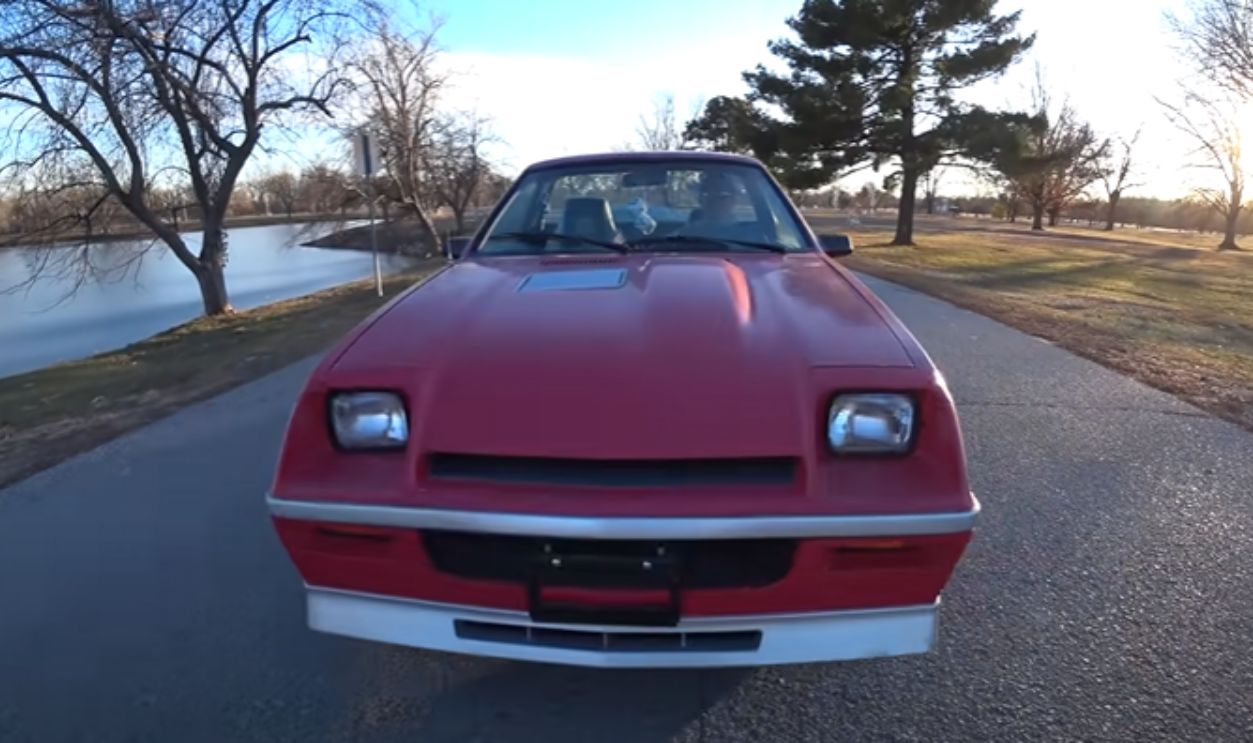 I BOUGHT The FORGOTTEN Sport Truck The SHELBY DODGE RAMPAGE, WatchJRGo
I BOUGHT The FORGOTTEN Sport Truck The SHELBY DODGE RAMPAGE, WatchJRGo
1984 Dodge California Shelby Rampage (Cont'd)
Borrowing Ford's master genius, Carroll Shelby, Dodge created the California Shelby Rampage, a utility coupe with a 2.2L 99-hp engine, air conditioning, power steering, cruise control, a center console and more. Just 218 of these were produced between 1984 and 1987.
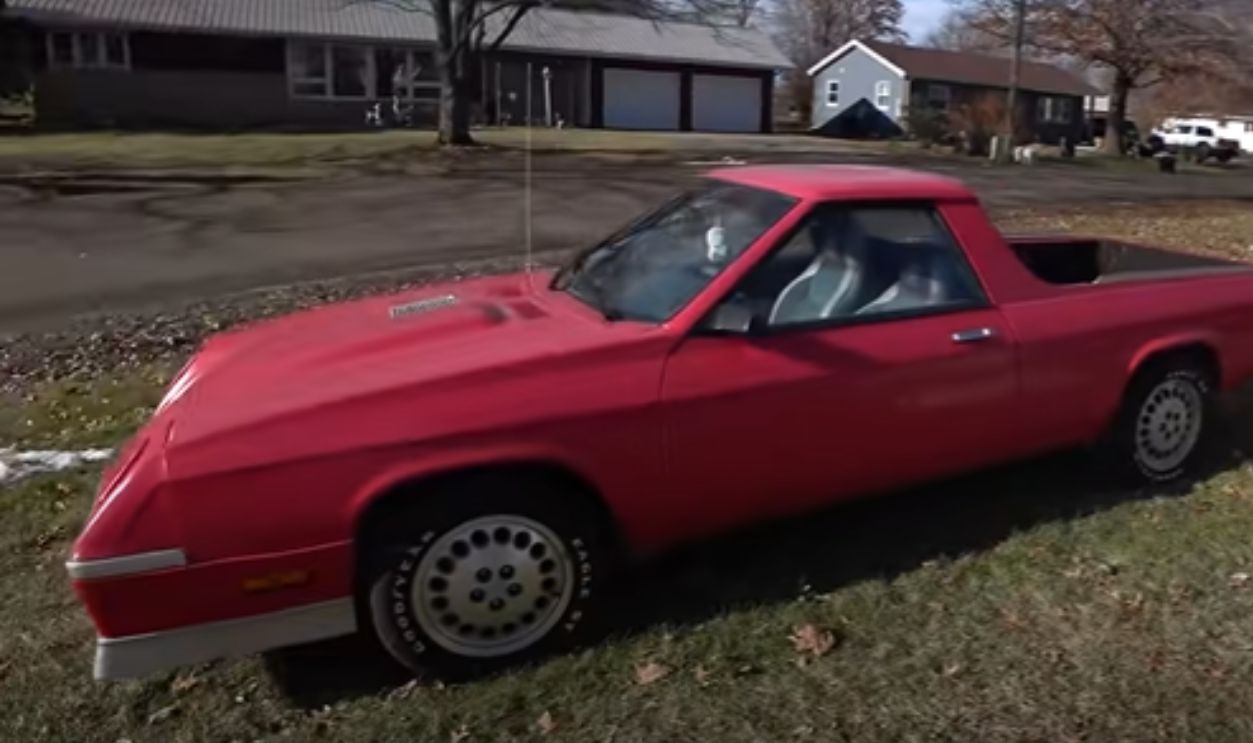 I BOUGHT The FORGOTTEN Sport Truck The SHELBY DODGE RAMPAGE, WatchJRGo
I BOUGHT The FORGOTTEN Sport Truck The SHELBY DODGE RAMPAGE, WatchJRGo
1971 Dodge Charger R/T
The 1971 Dodge Charger R/T was the top-of-the-line performance package for the '71 Charger. Including heavy-duty suspension, upgraded brakes, and three different engine options, it came with a 440 Magnum (producing 335 hp), 440 Six-Pack (producing 390 hp). You could also get the most powerful 426 Hemi, which produced 425 hp.
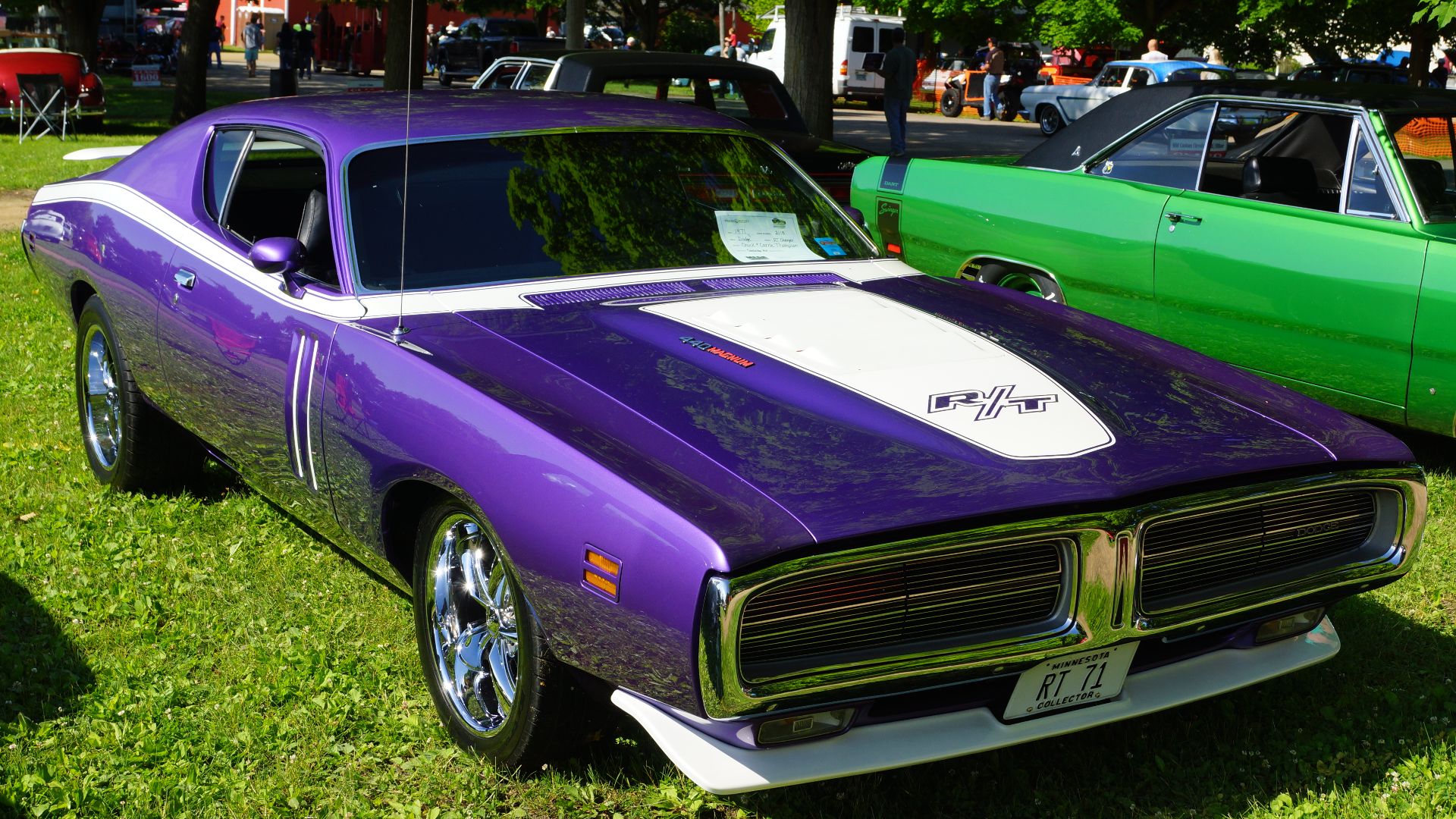 Greg Gjerdingen from Willmar, USA, Wikimedia Commons
Greg Gjerdingen from Willmar, USA, Wikimedia Commons
1971 Dodge Charger R/T (Cont'd)
Just 2,743 Chargers were built for the 1971 model year, but only 63 were produced with the most powerful engine in the Dodge lineup. This was the final run of the Dodge Hemi engine in any production car, adding to the rarity and mystique around this piece of muscle car history.
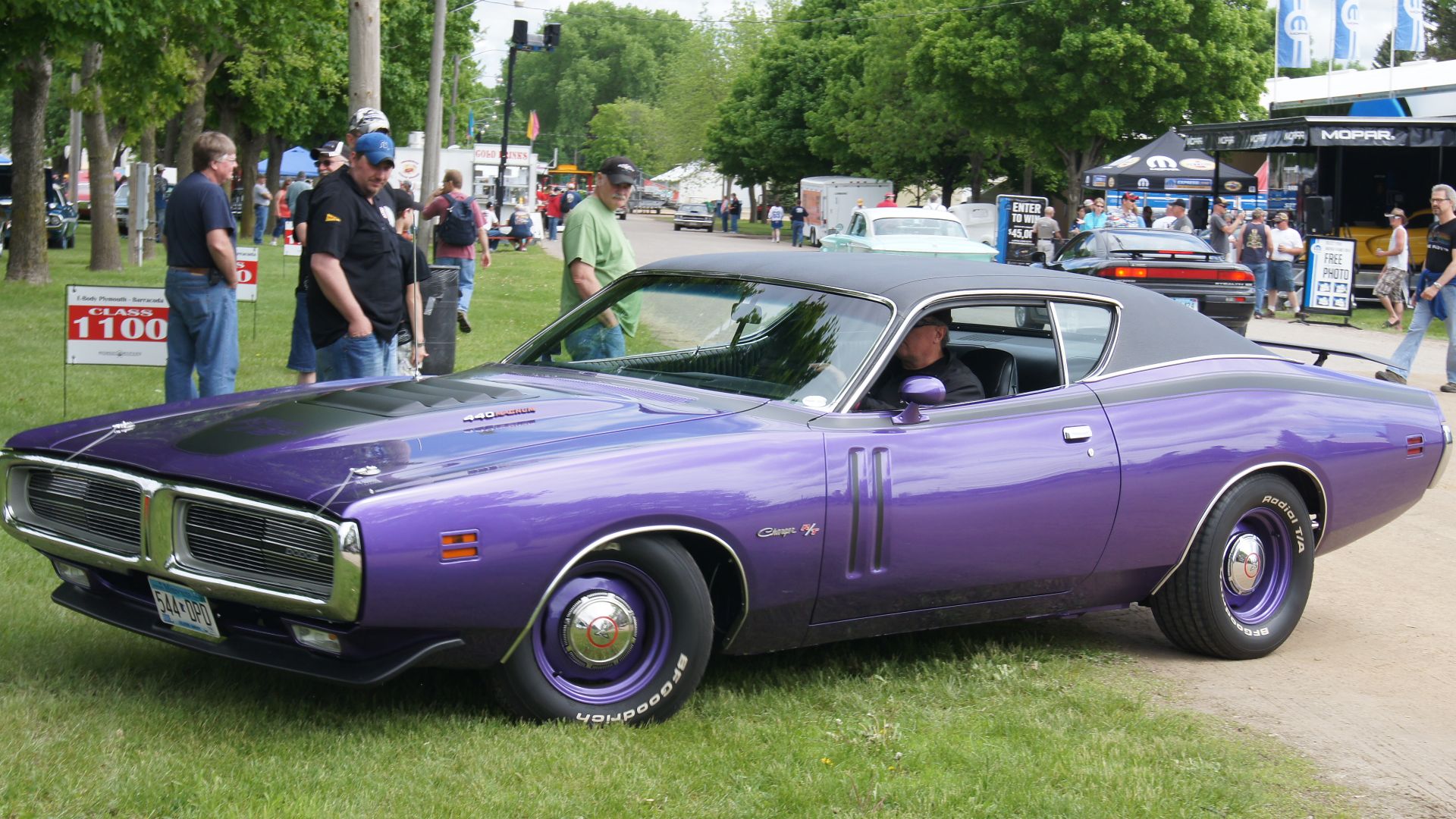 Greg Gjerdingen from Willmar, USA, Wikimedia Commons
Greg Gjerdingen from Willmar, USA, Wikimedia Commons
1968 Dodge Super Bee 426 Hemi
Built on the Chrysler B platform and based on the Dodge Coronet, the 1968 Dodge Super Bee 426 Hemi was to be Dodge's penultimate muscle car for the year. It featured quad headlights, chrome-plated "Bee" medallions, and a 7.0L Hemi V8 engine that produced 425 hp. Despite the raw power offered by the Hemi engine, it did increase the price of the 1968 Super Bee by a shocking 33%.
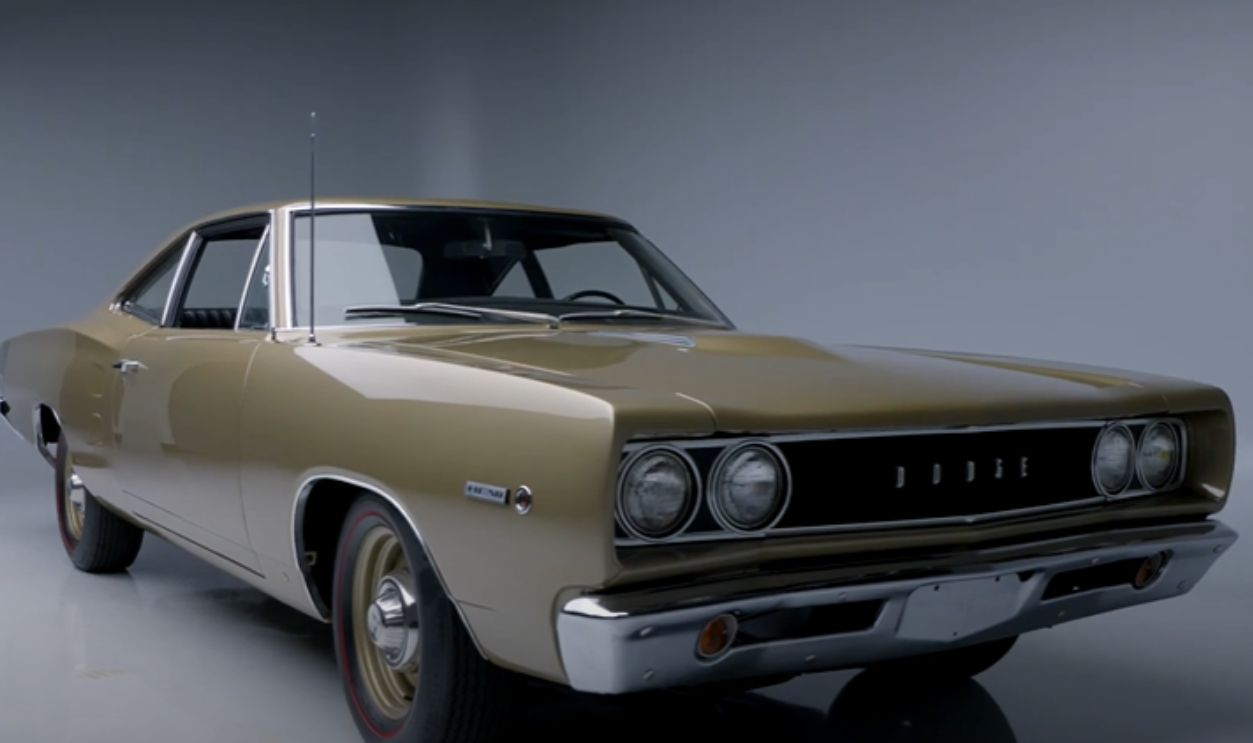 FIRST LOOK - 1968 Dodge HEMI Coronet Super Bee - BARRETT-JACKSON HOUSTON 2021, Barrett-Jackson
FIRST LOOK - 1968 Dodge HEMI Coronet Super Bee - BARRETT-JACKSON HOUSTON 2021, Barrett-Jackson
1968 Dodge Super Bee 426 Hemi (Cont'd)
This price point was out of reach for most Americans and Dodge only sold 125 cars of the 426 Hemi. A heavy-duty suspension, Mopar four-speed manual transmission, and high-performance tires were included with the purchase.
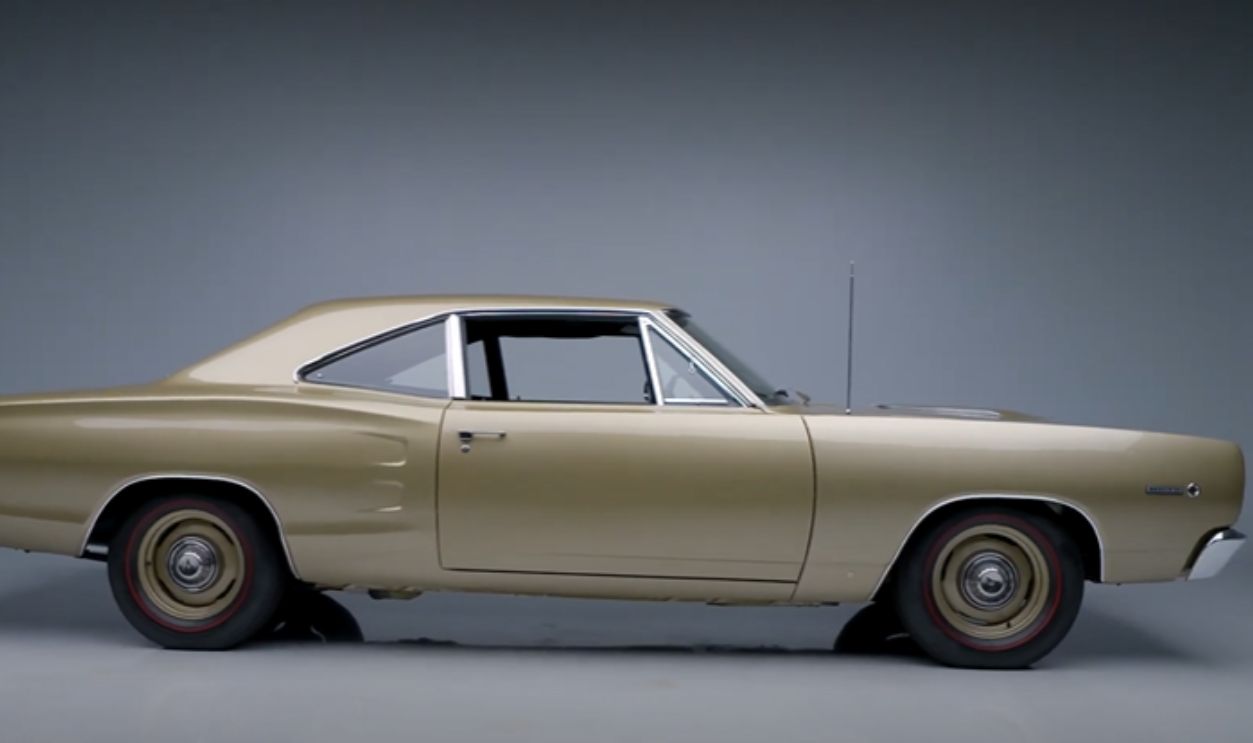 FIRST LOOK - 1968 Dodge HEMI Coronet Super Bee - BARRETT-JACKSON HOUSTON 2021, Barrett-Jackson
FIRST LOOK - 1968 Dodge HEMI Coronet Super Bee - BARRETT-JACKSON HOUSTON 2021, Barrett-Jackson
1970 Dodge Coronet R/T Convertible
An even rarer version of a 1970s Dodge Coronet R/T was the convertible version. Powered by a 7.2L V8 engine that produced 375 hp, the Coronet R/T convertible is considered a "junkyard jewel" today and is one of only two convertible options from Dodge that year, the other being the Coronet R/T. Bucket seats were standard, along with a heavy-duty transmission and suspension.
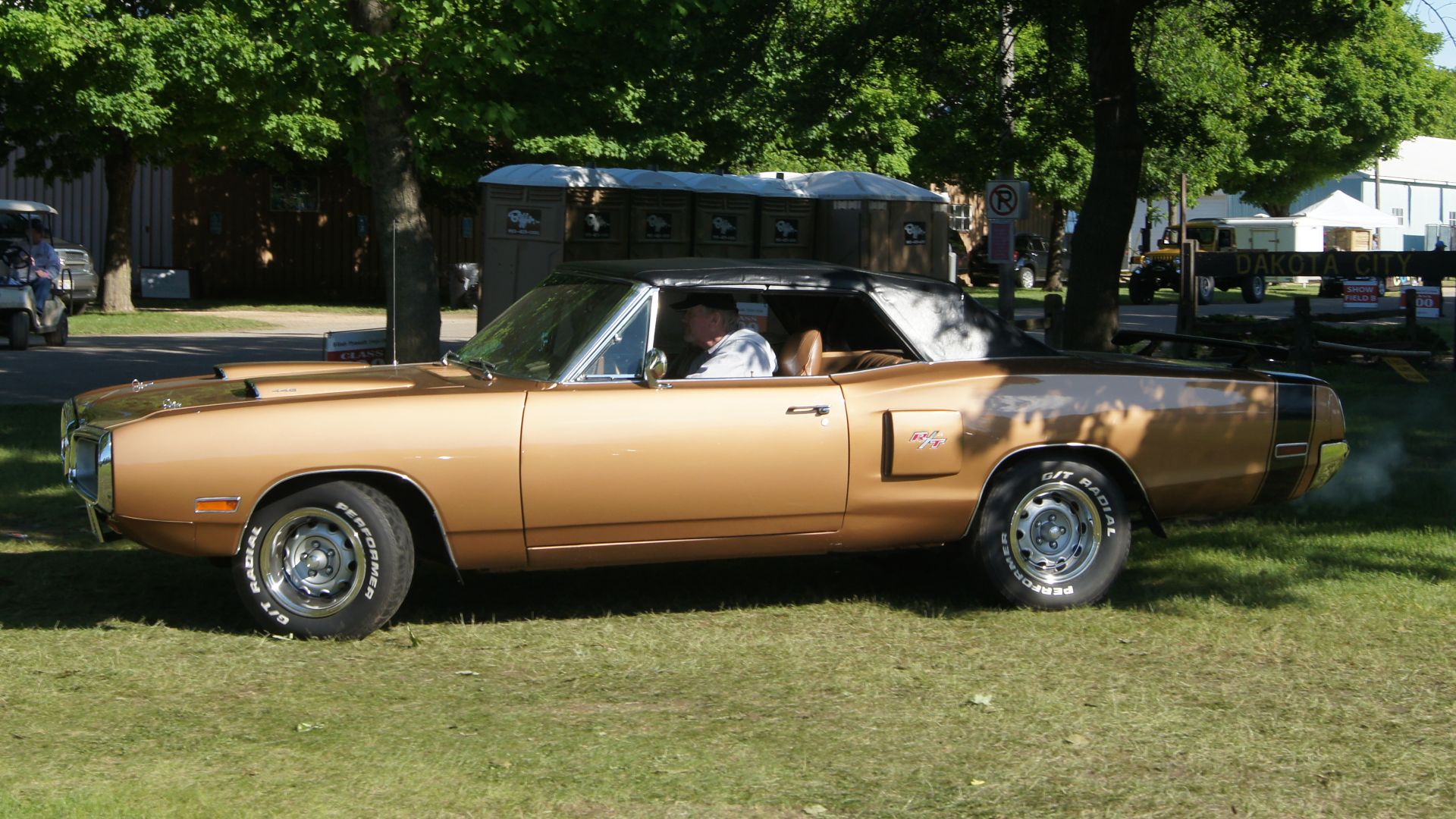 Greg Gjerdingen from Willmar, USA, Wikimedia Commons
Greg Gjerdingen from Willmar, USA, Wikimedia Commons
Which Was Your Favorite Rare Dodge?
Let us know which was your favorite rare Dodge on our list in the comments below. Do you prefer the insane speed and power of the SRT truck? Or a classic muscle car like the Super Bee? Let us know!
You May Also Like:
Celebrities Who Drive Teslas & Some Who Ditched Theirs
44 Vehicles With One-of-a-Kind Engine Designs


